EXTREMELY RARE! WWII SECRET 1944 Jima - Bislig Bay - Palau and Ulithi Headquarters of the Commander in Chief Military Intelligence Report*
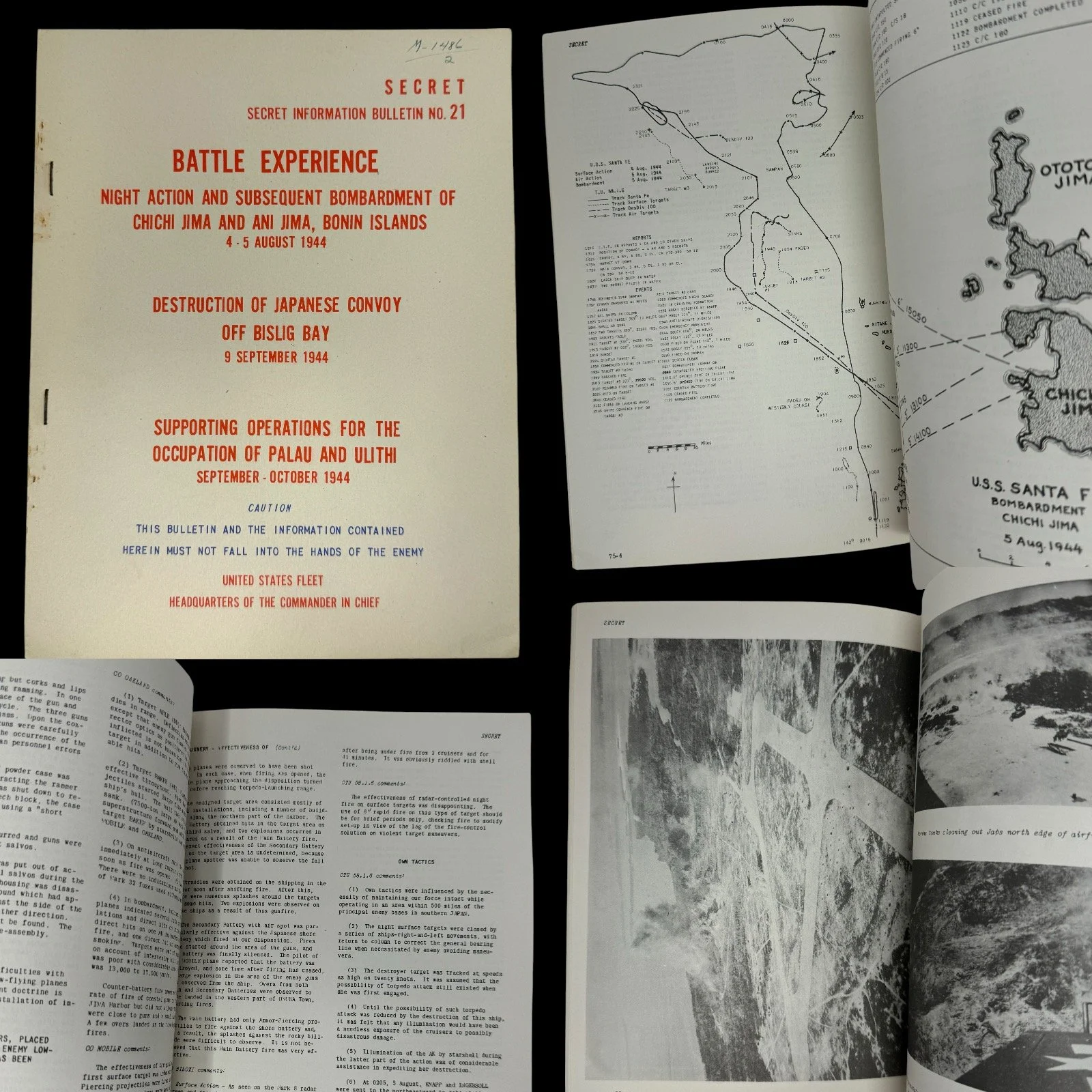
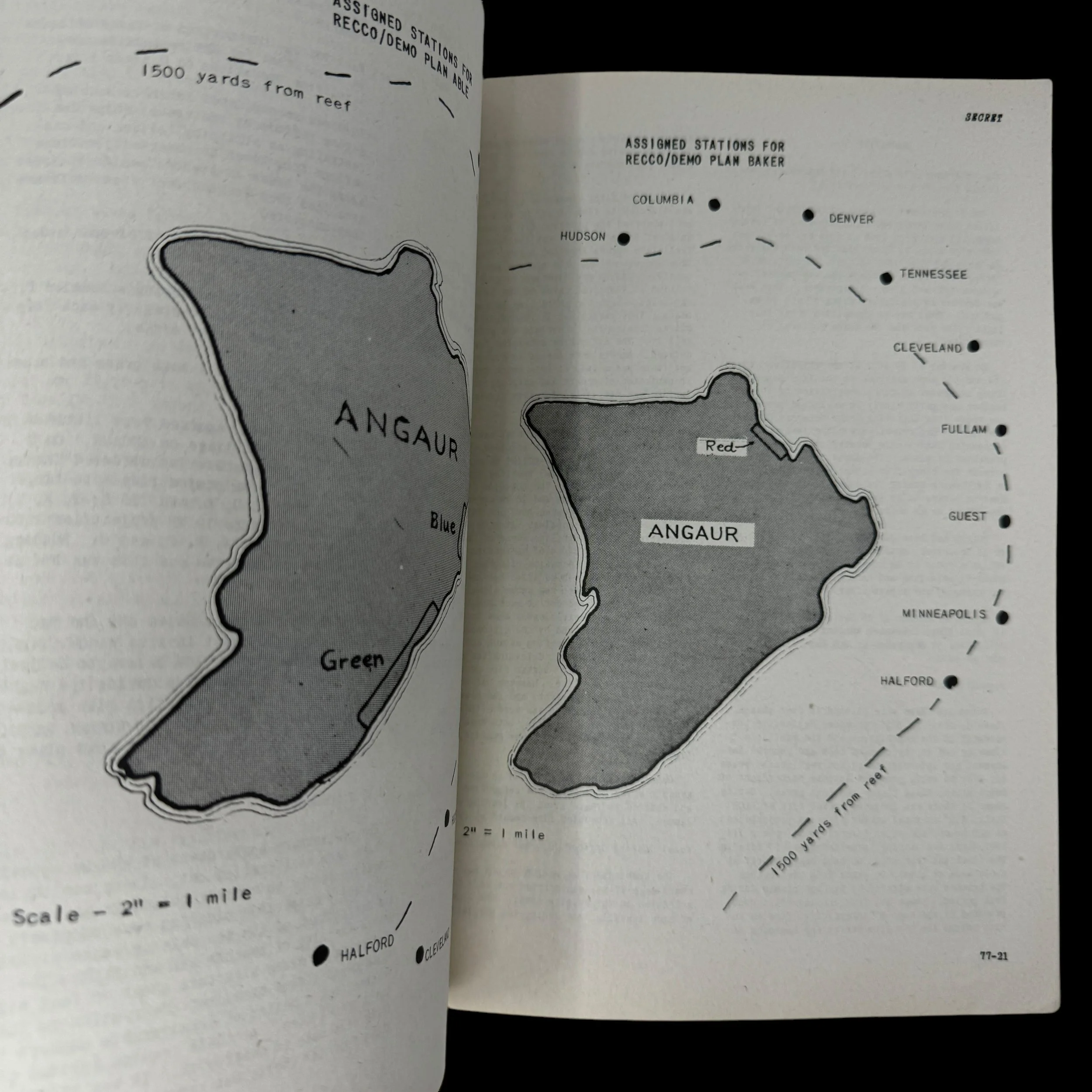
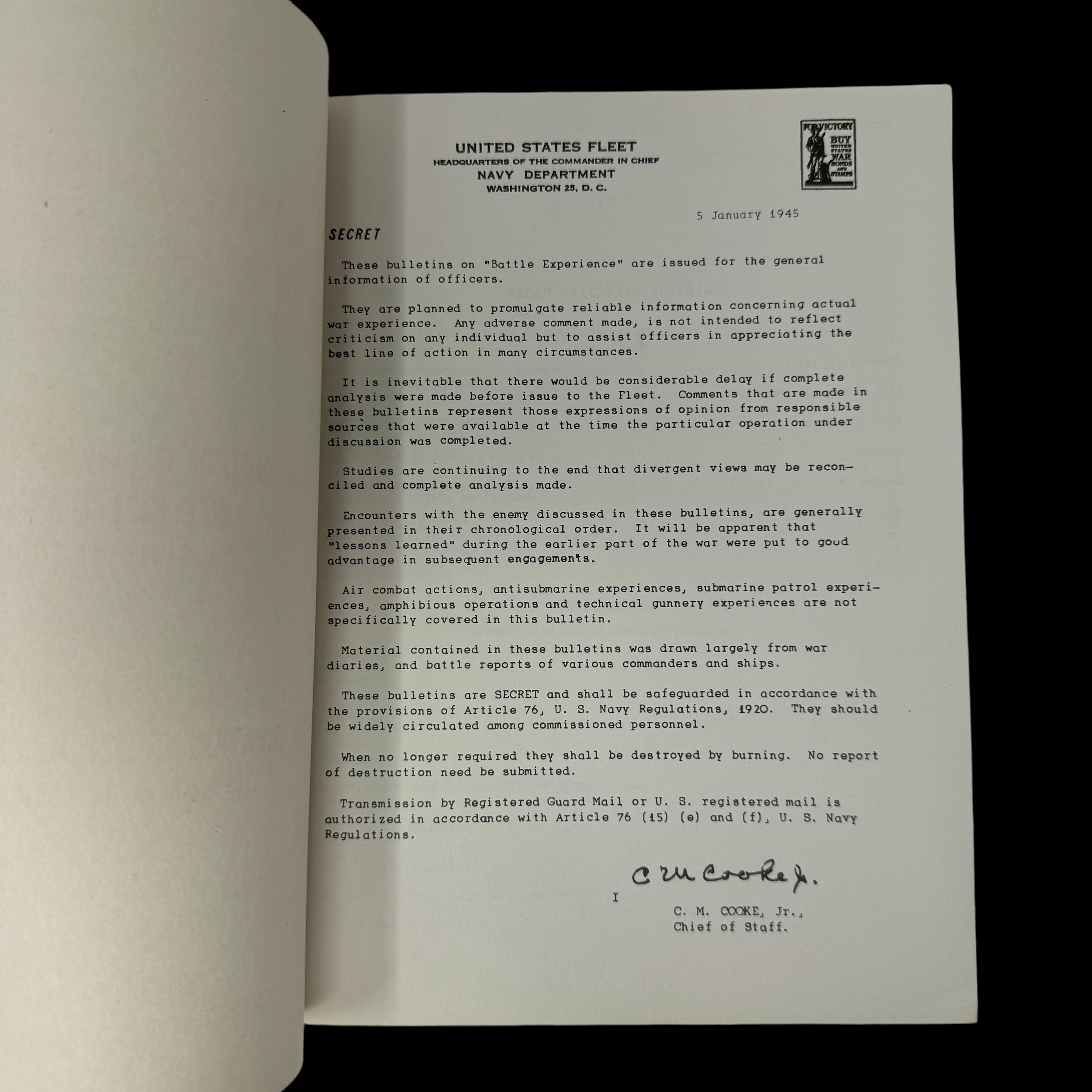

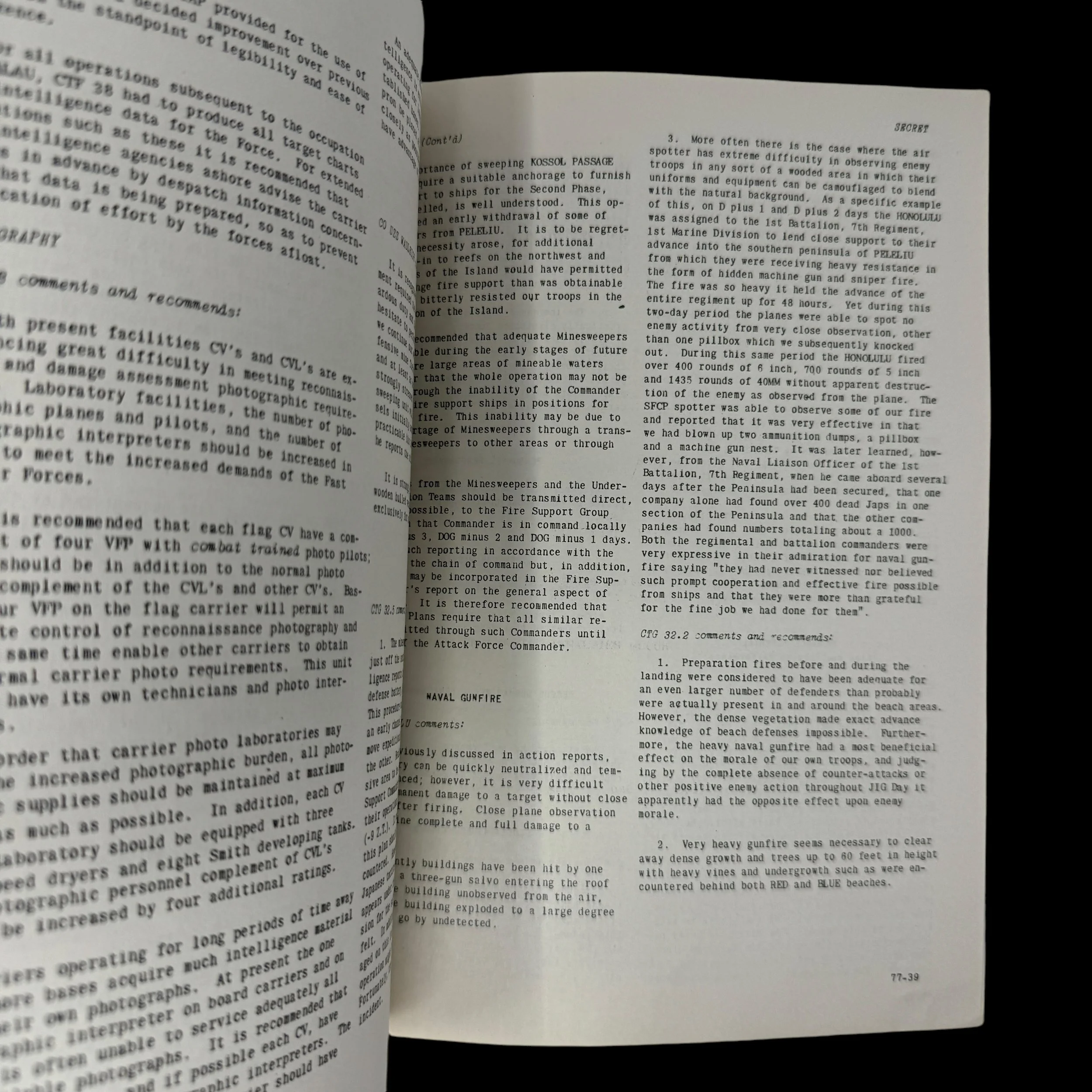
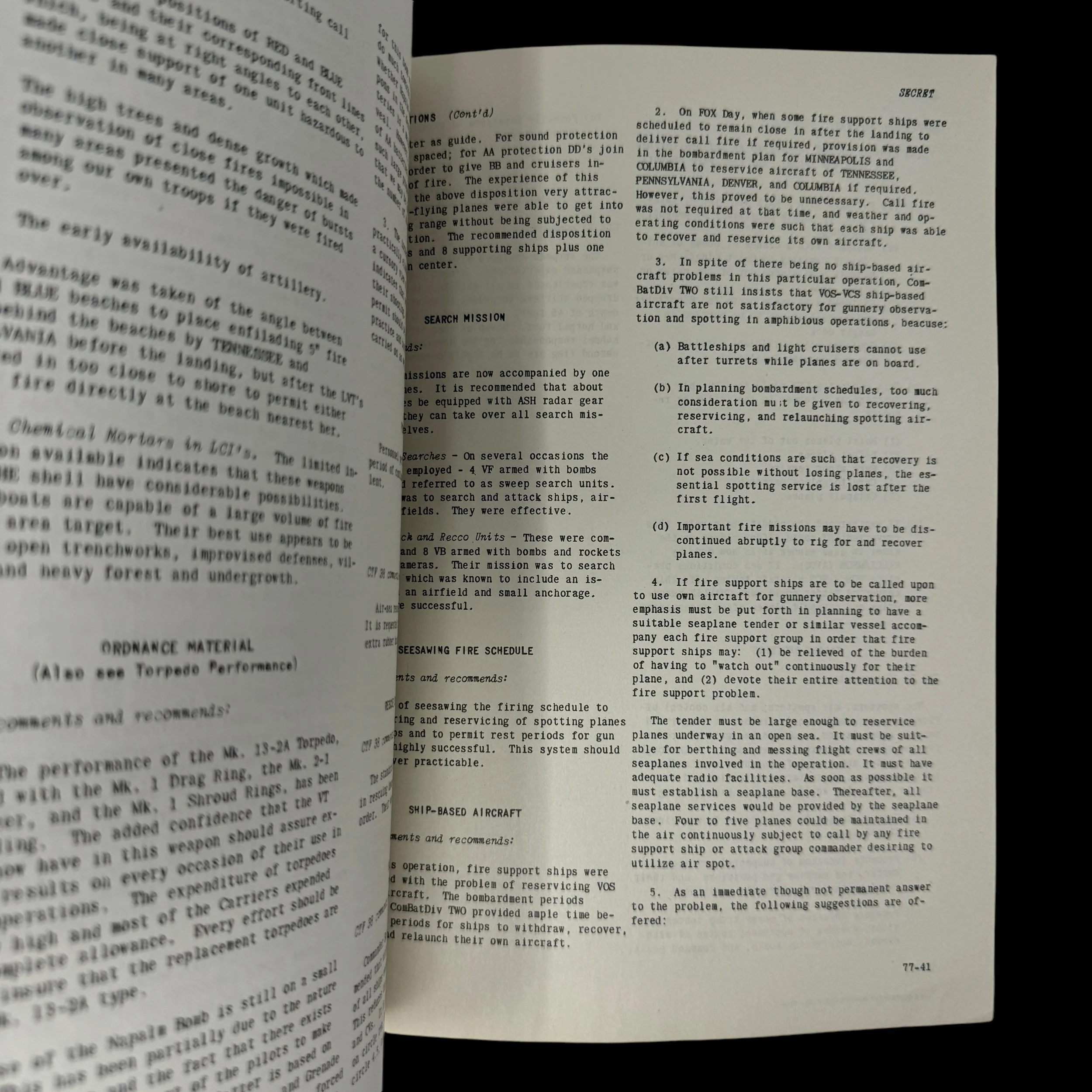
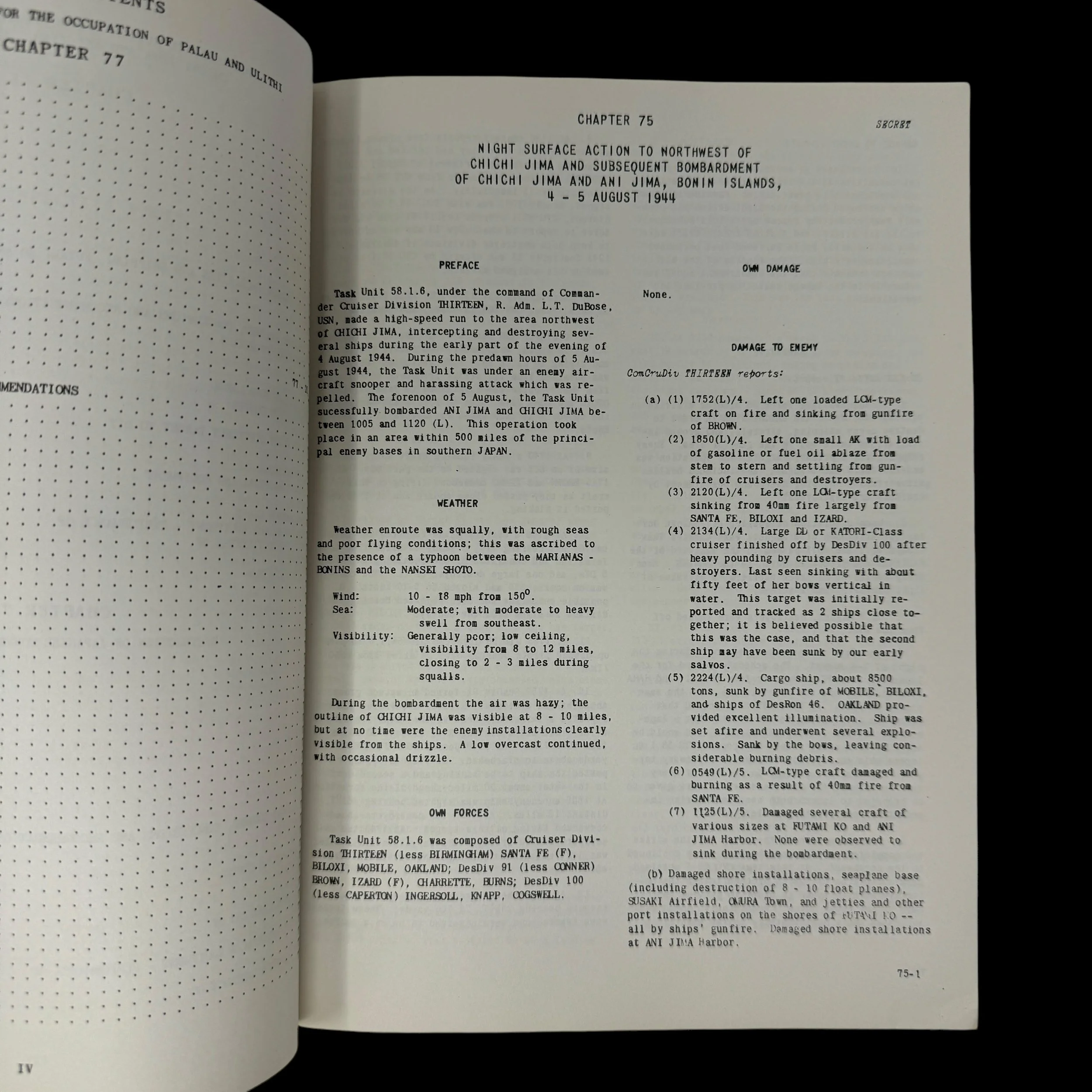
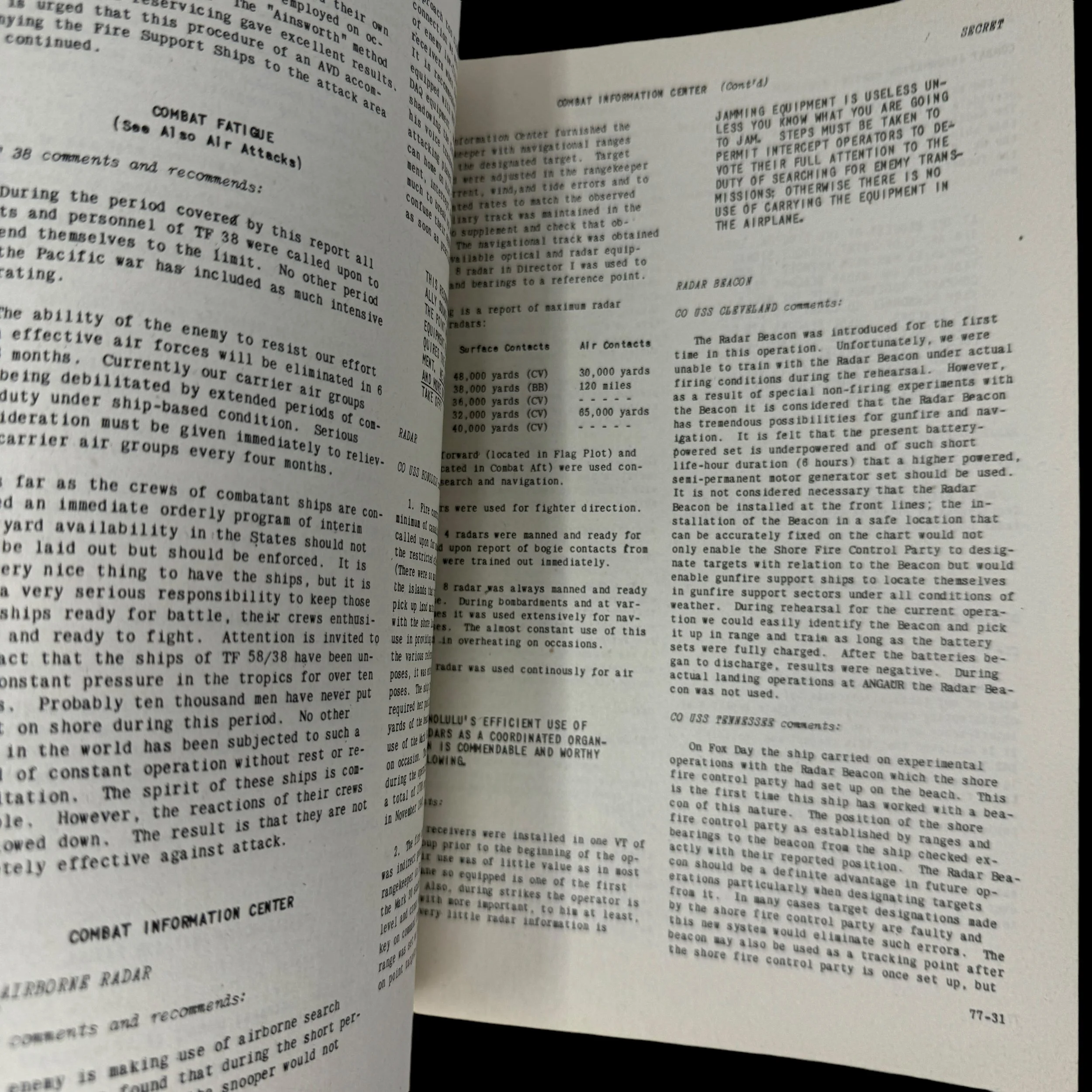
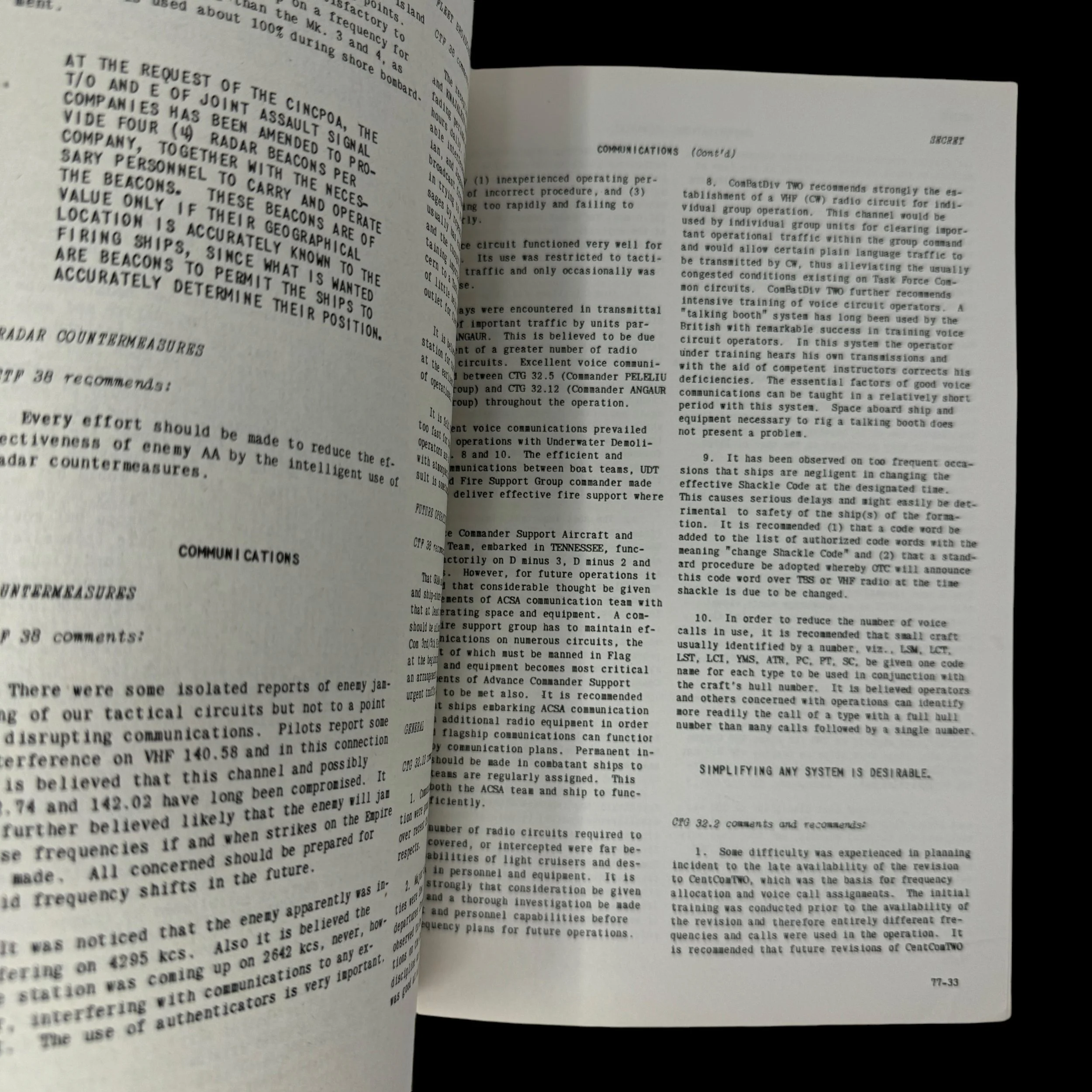
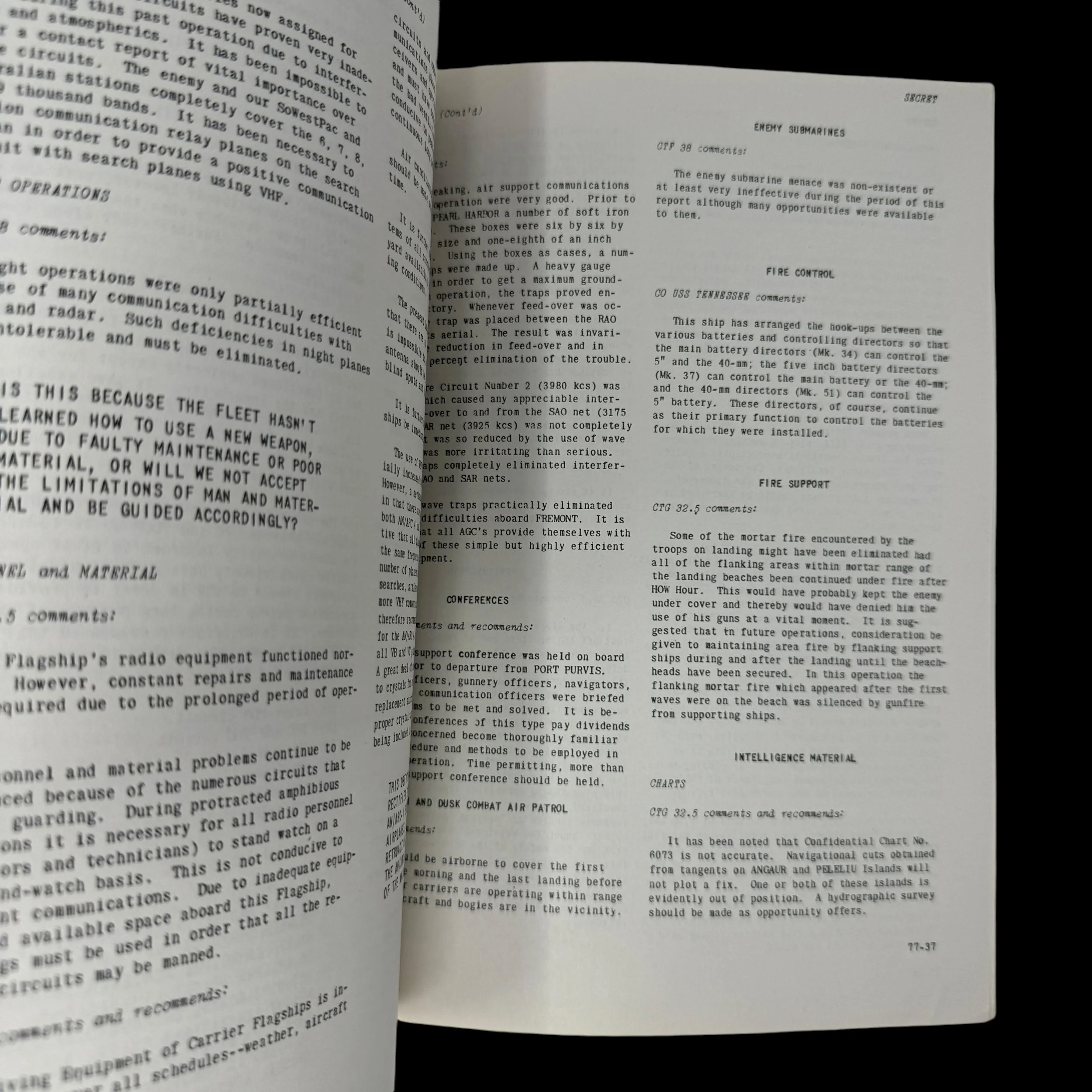
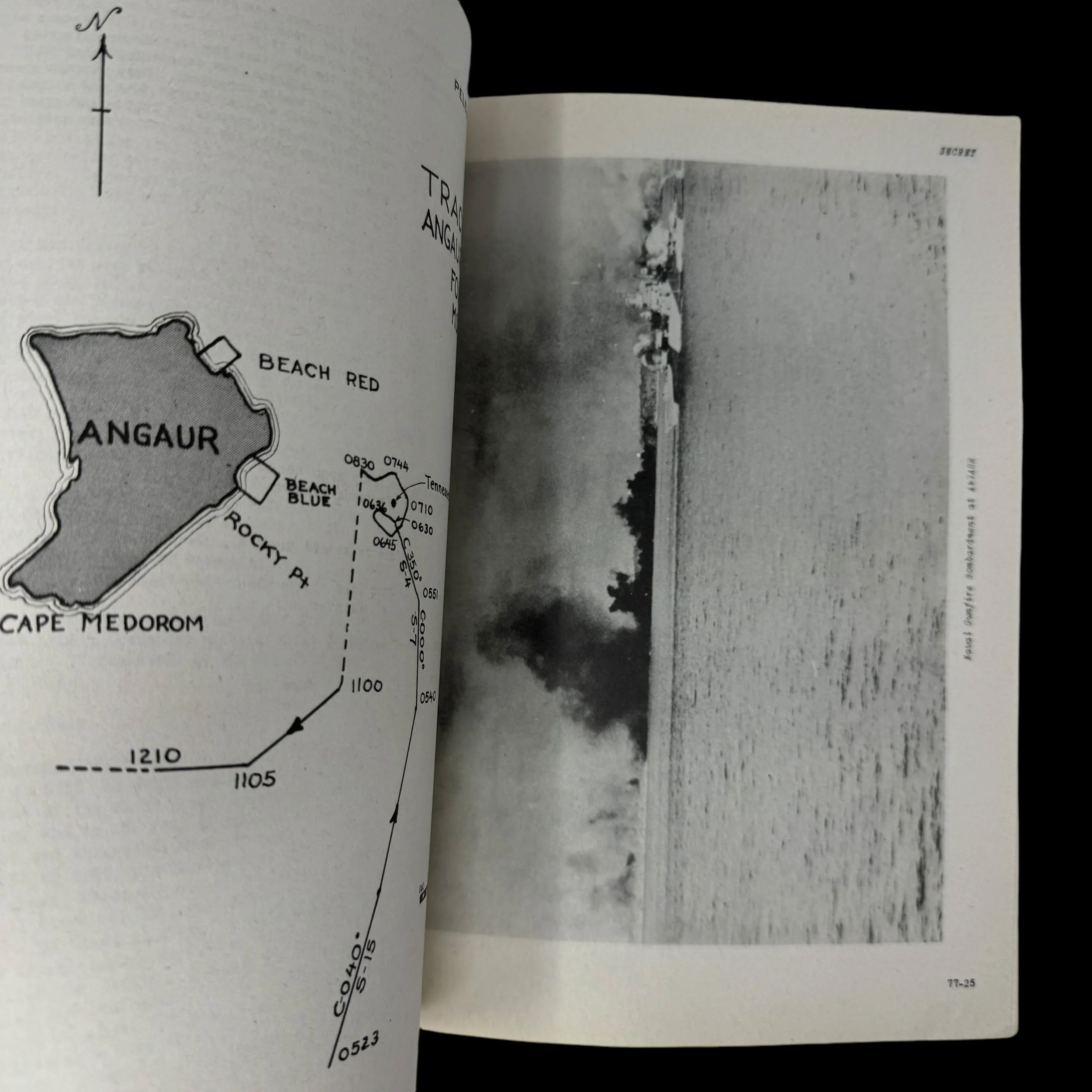

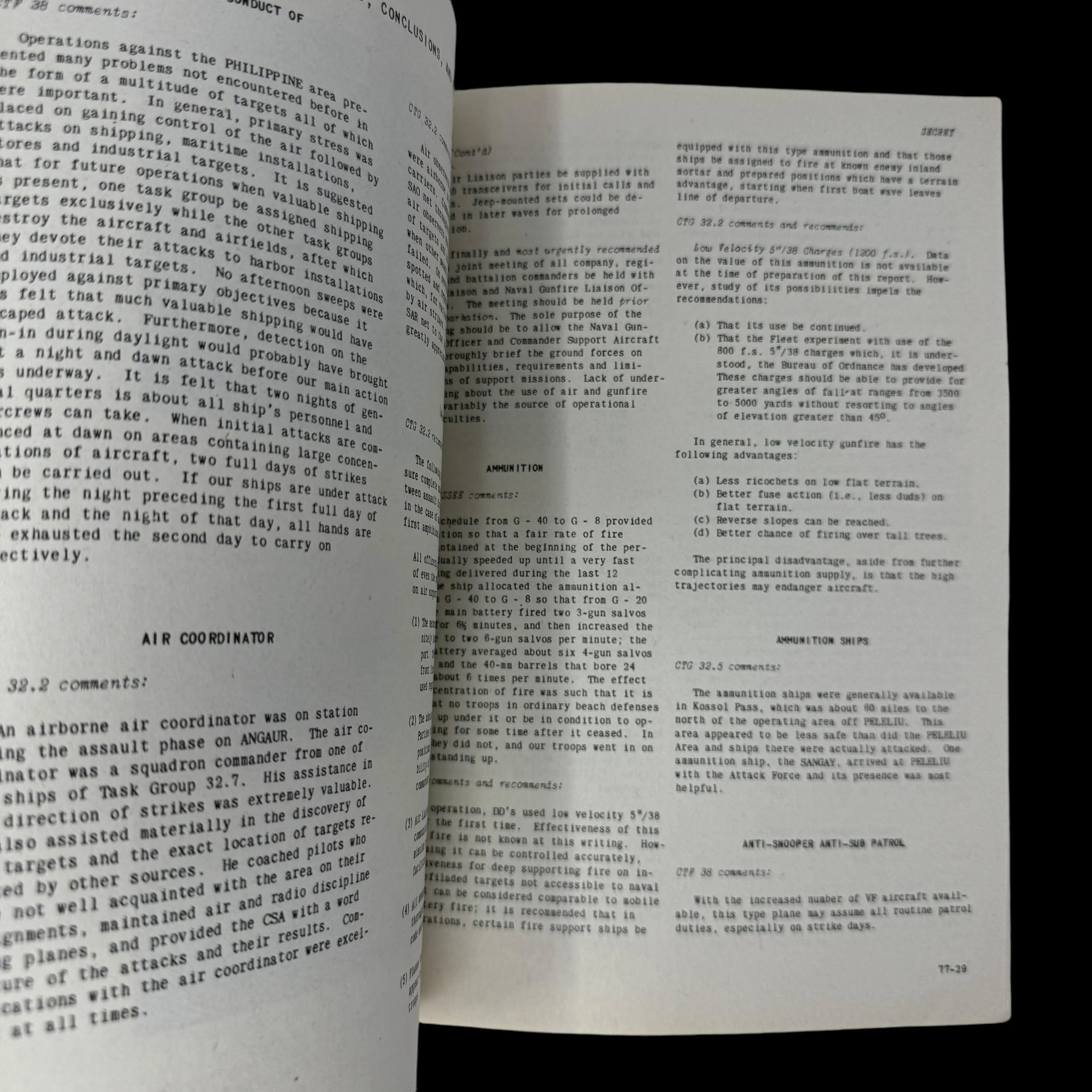
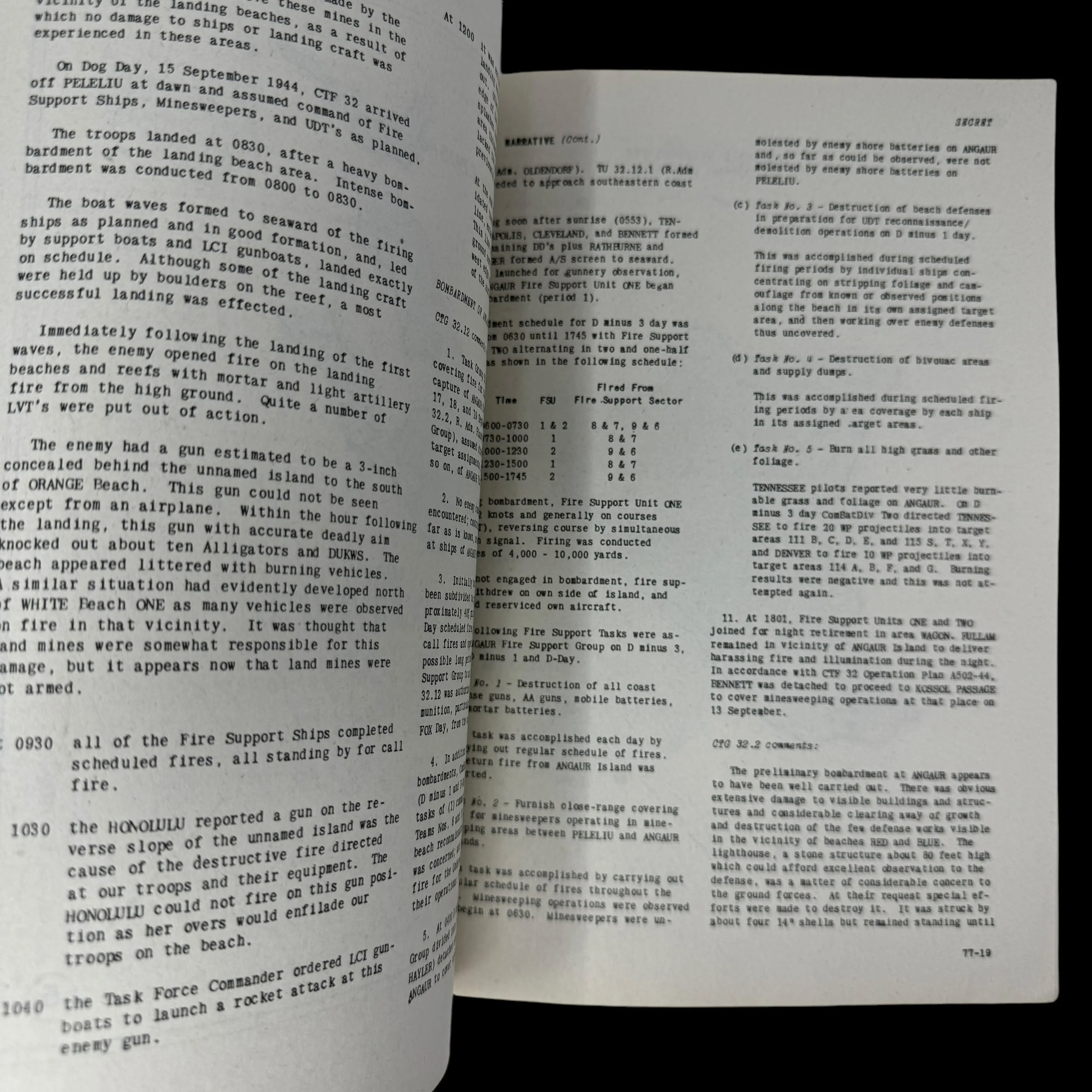
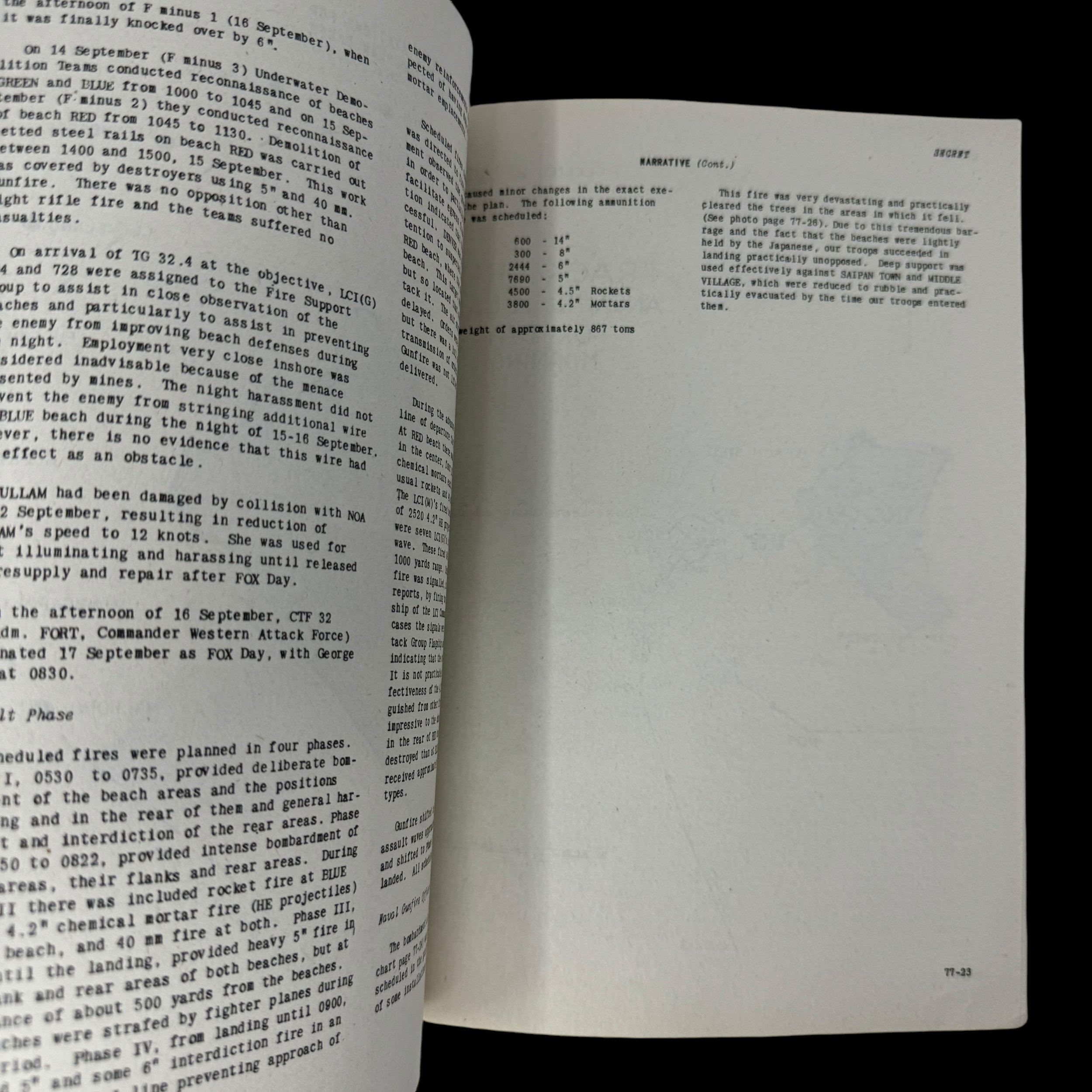
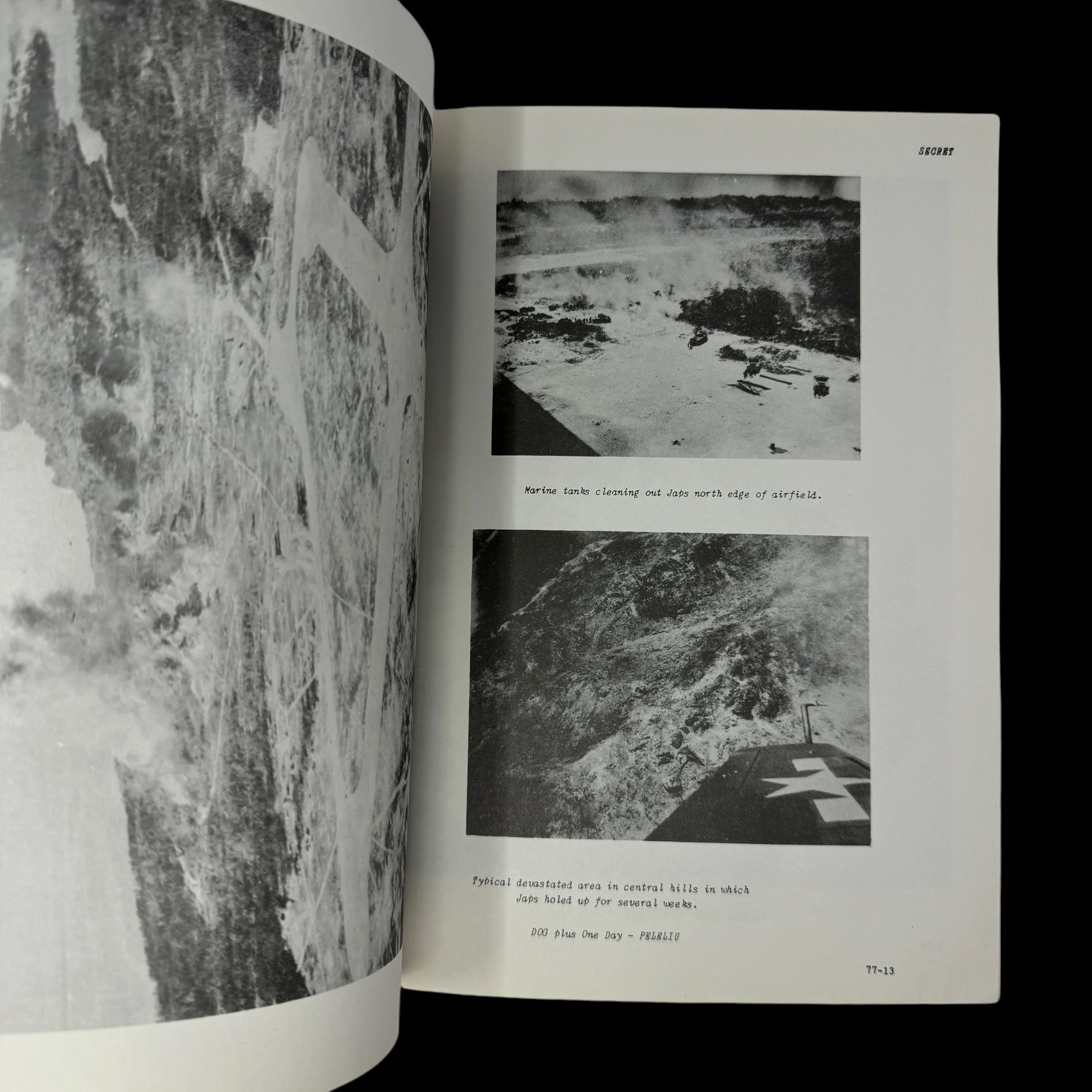
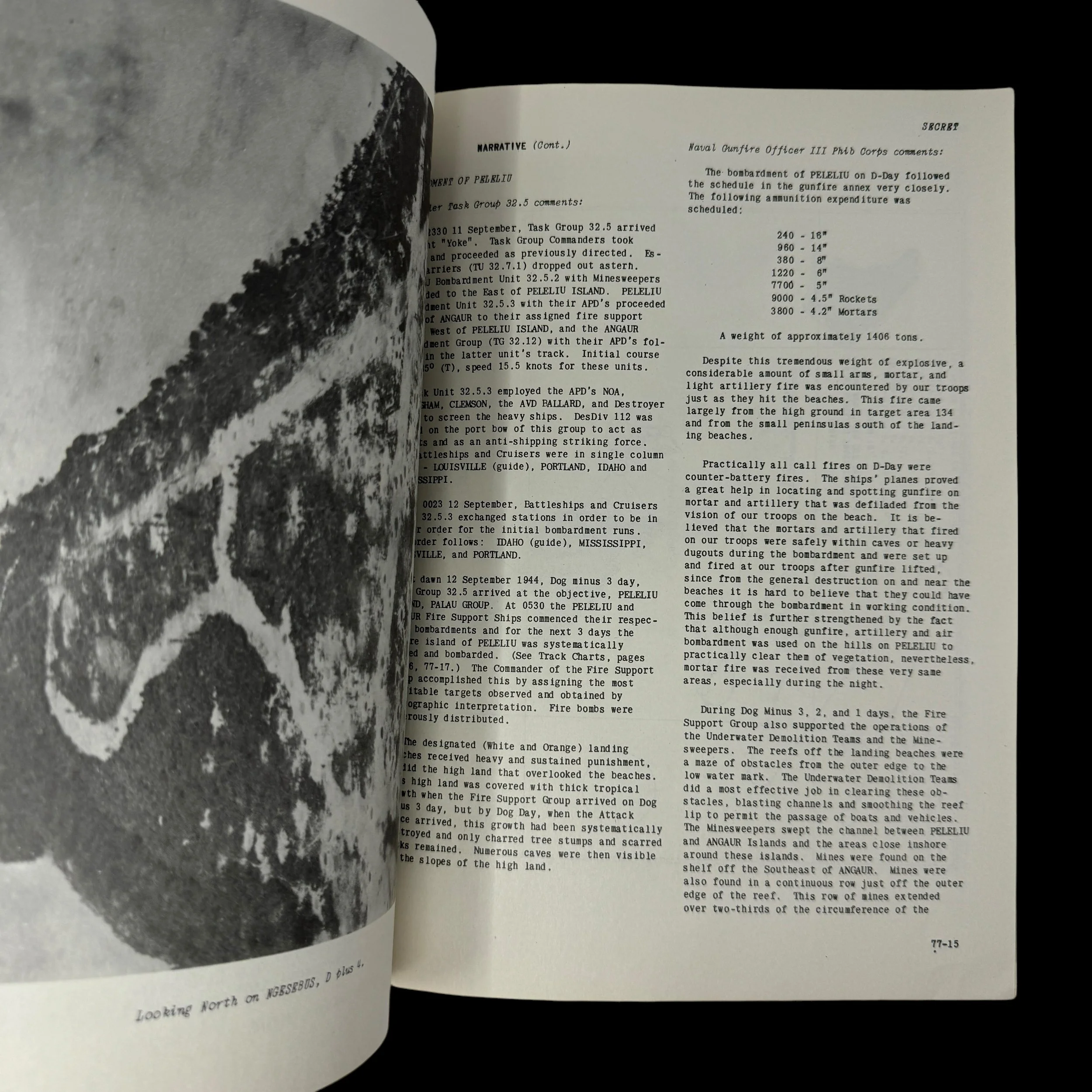
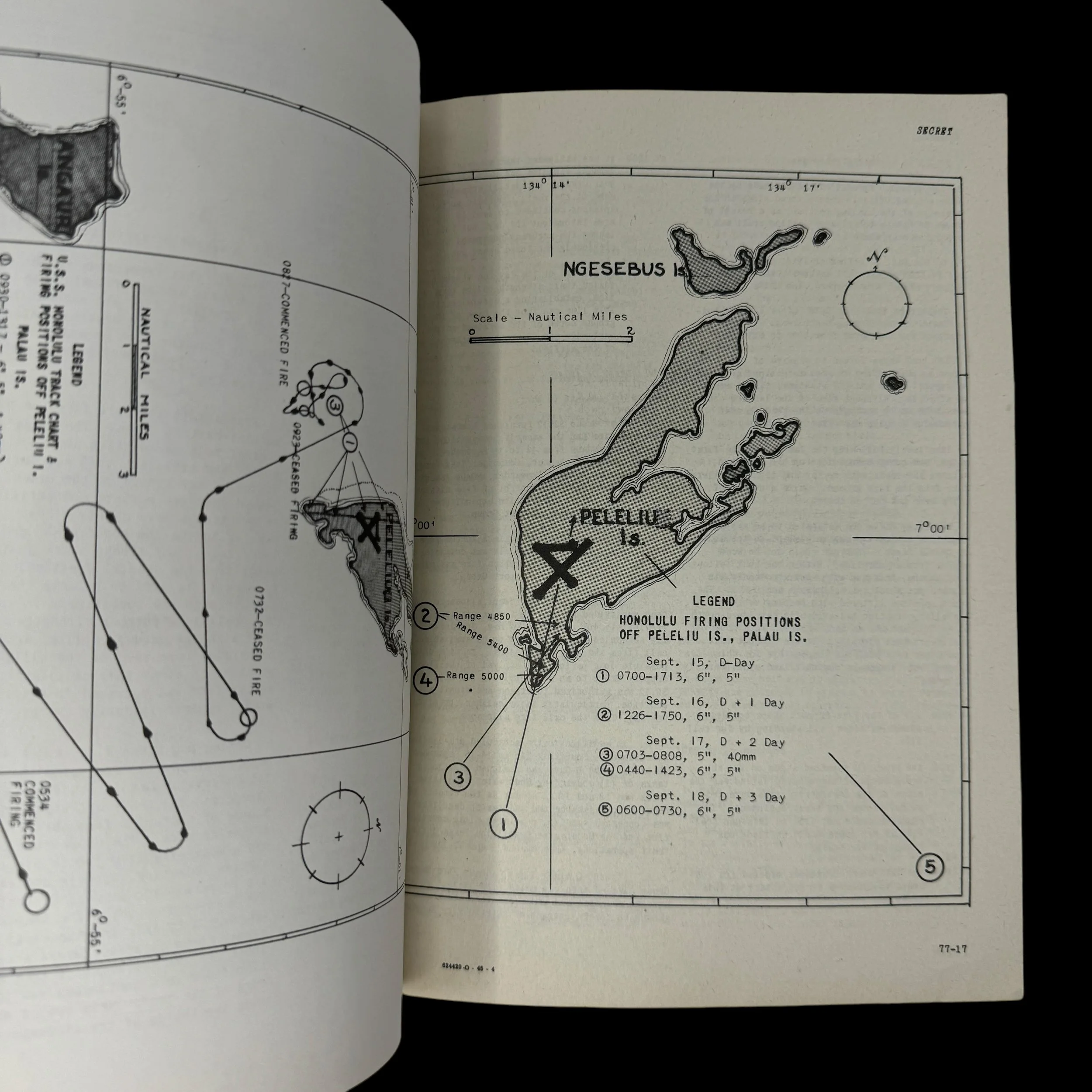
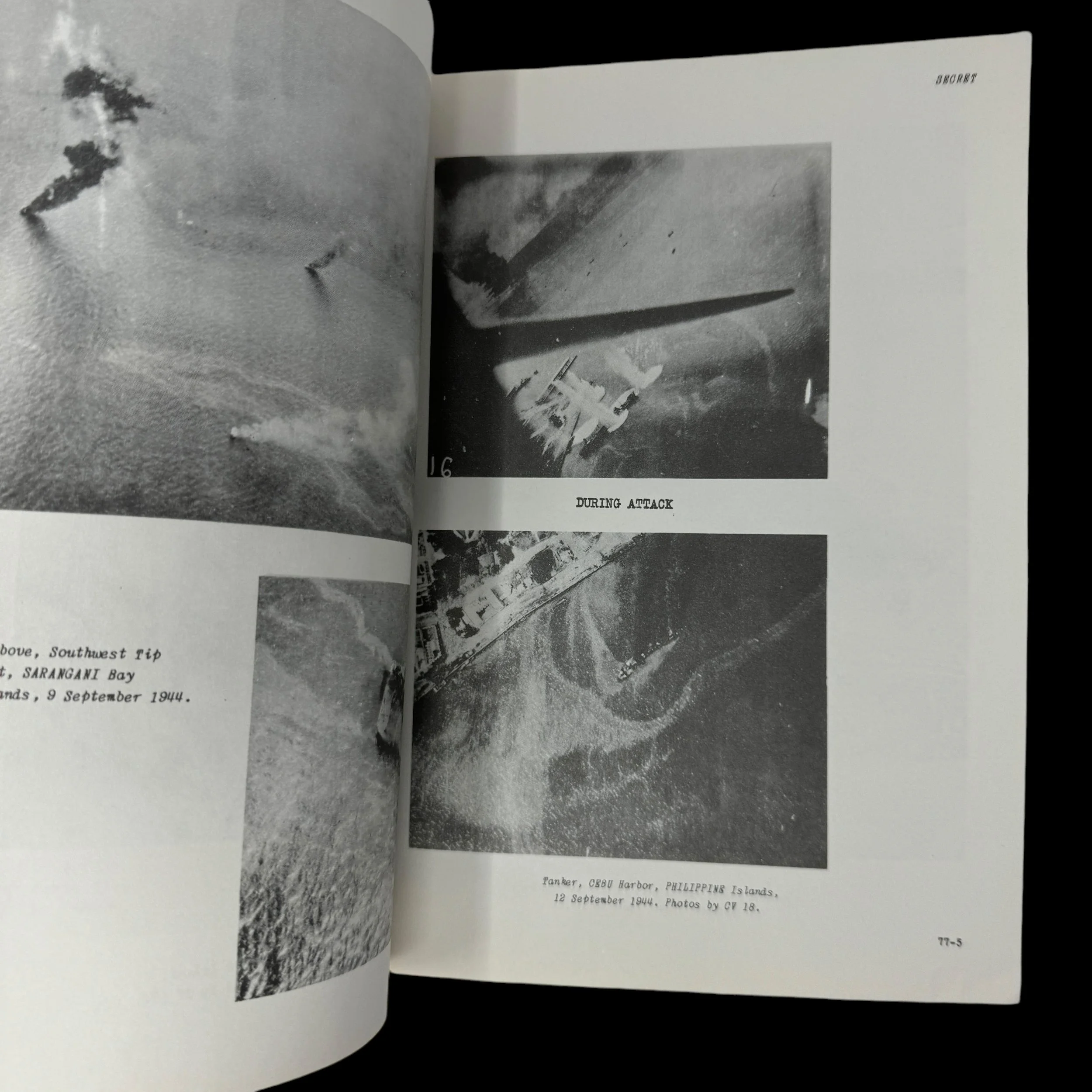
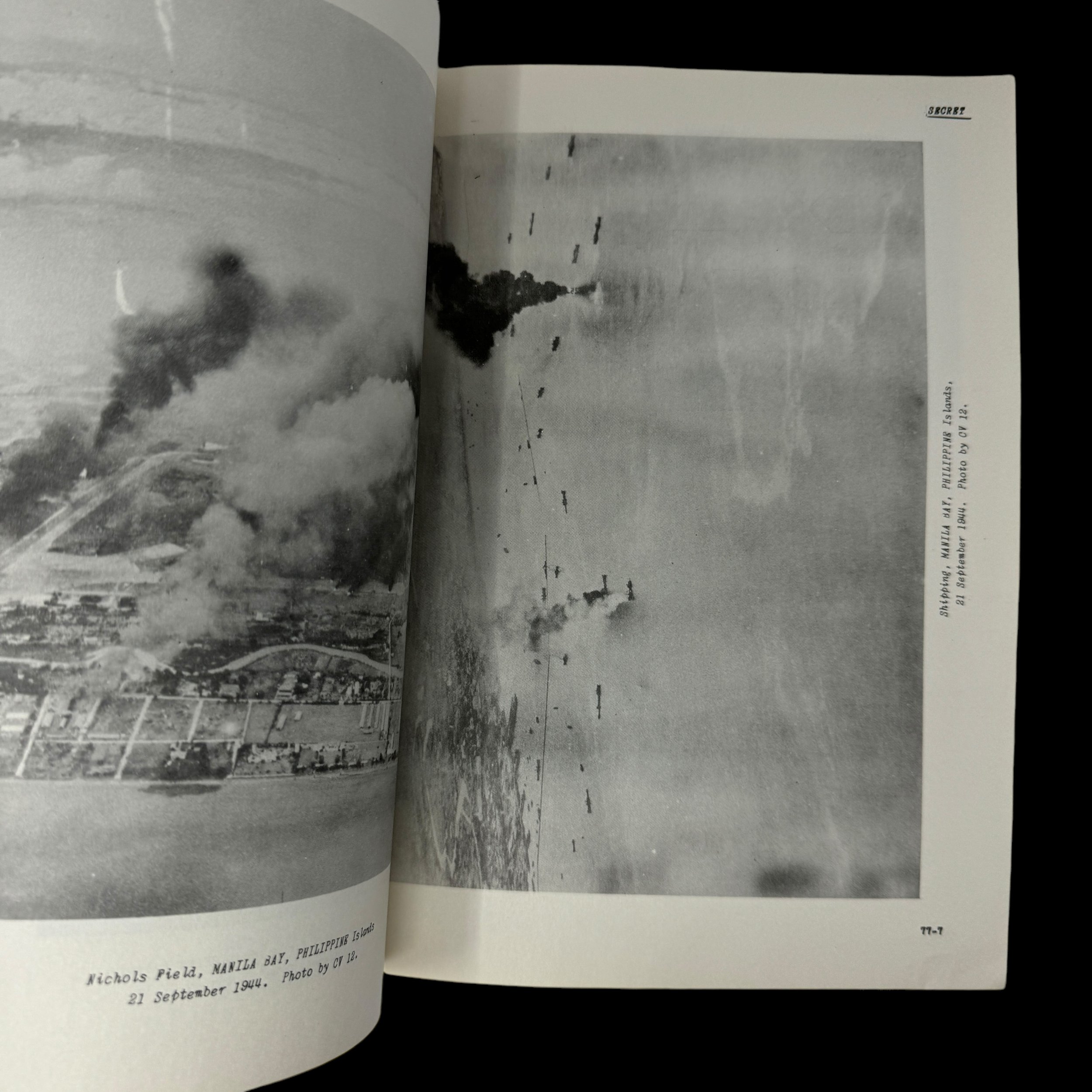
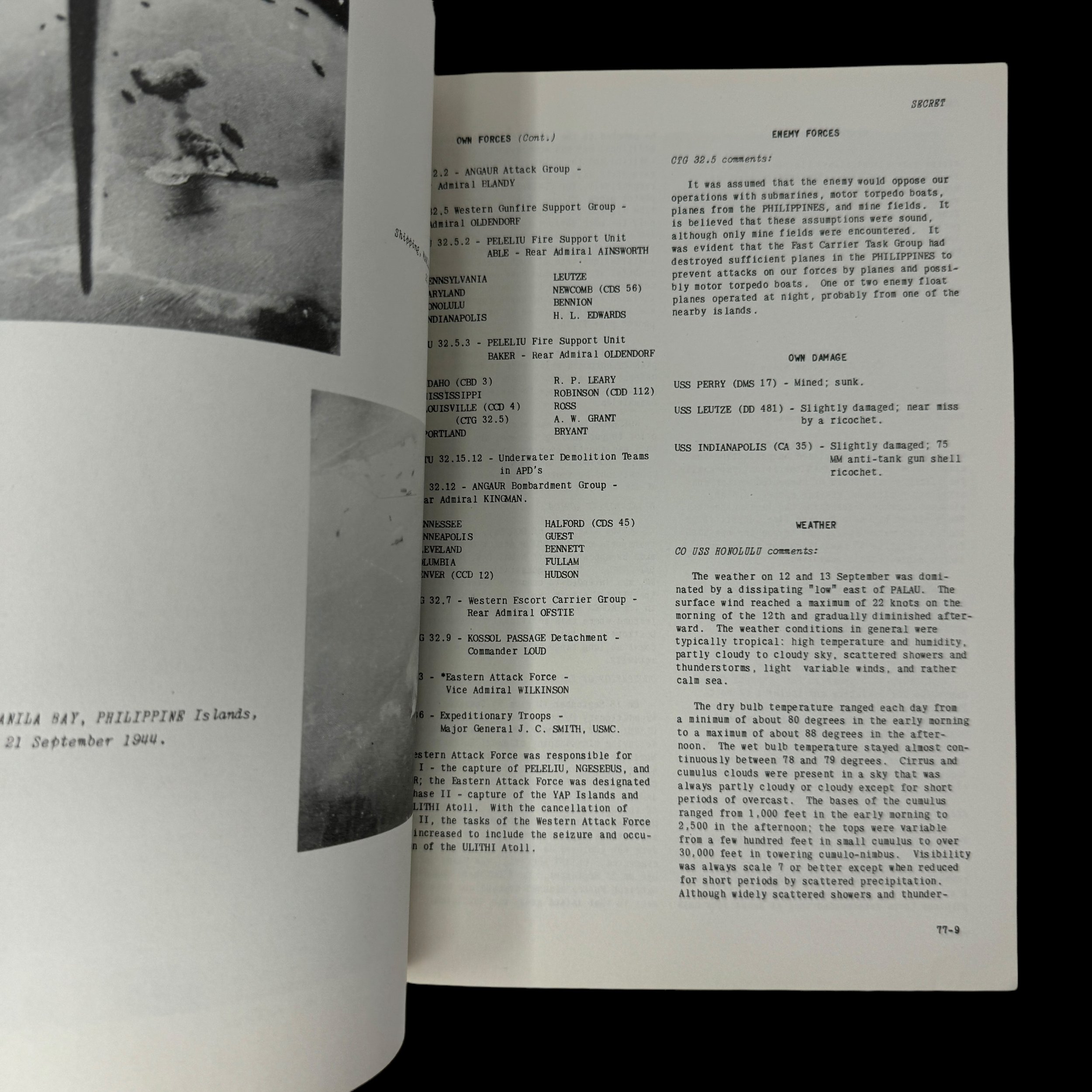
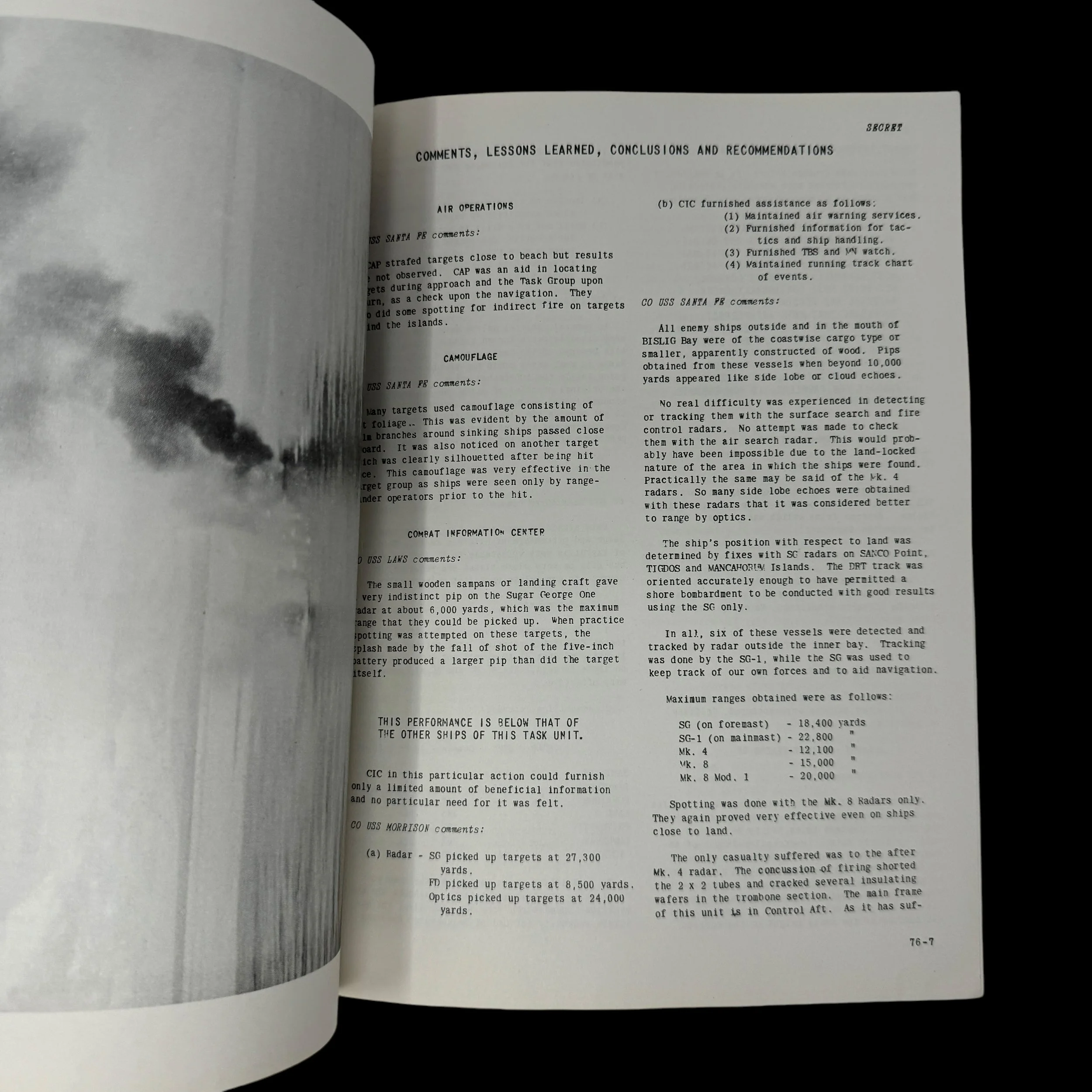
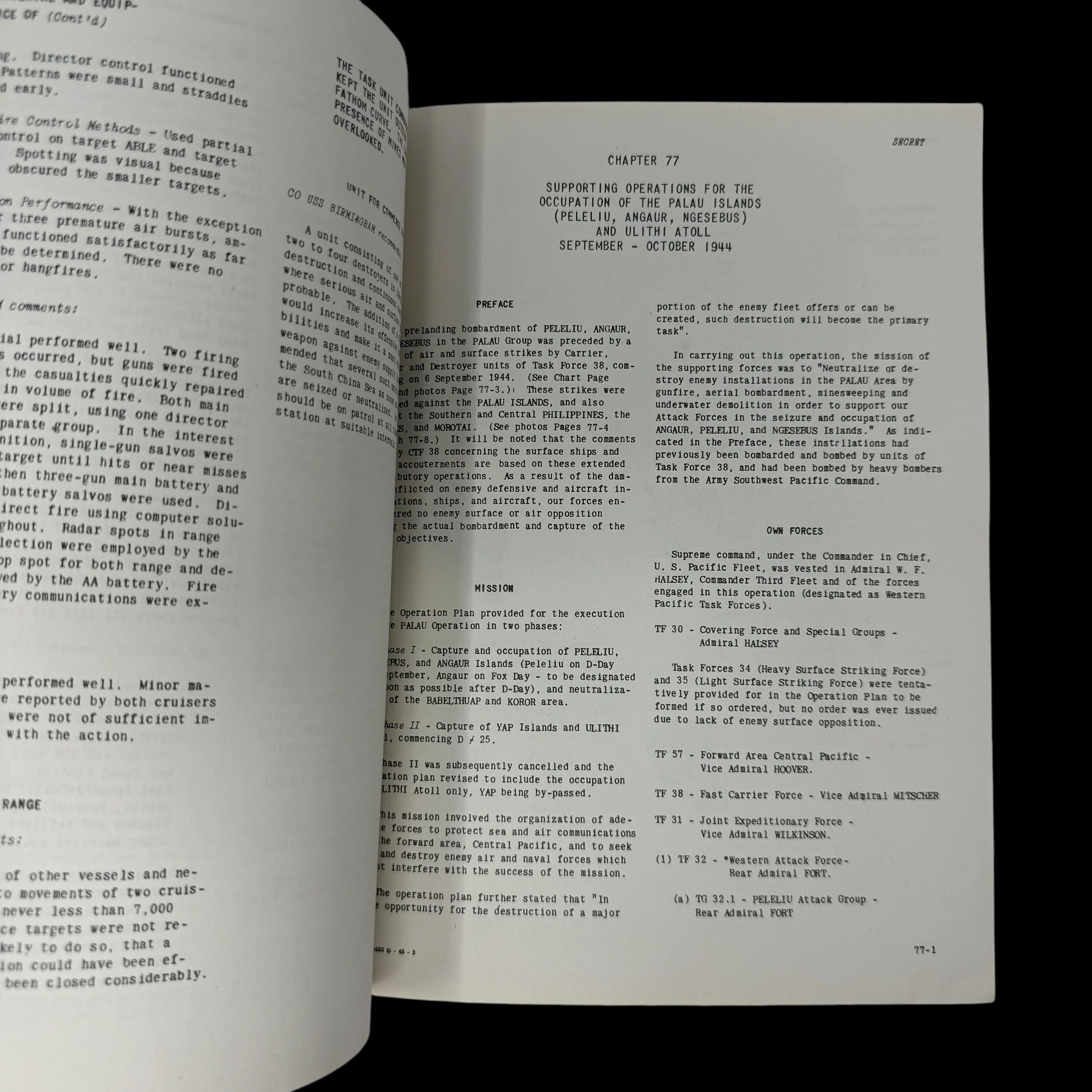
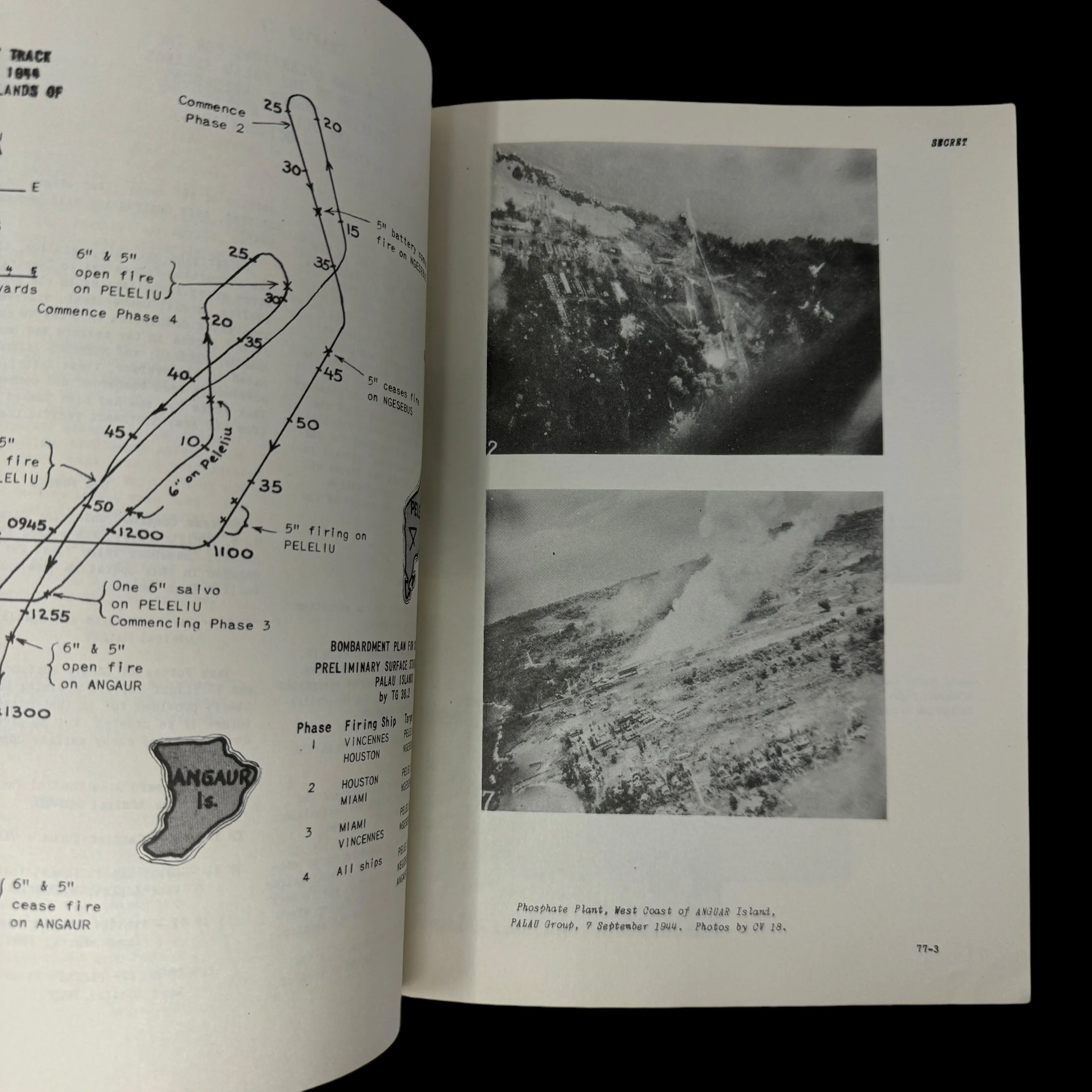

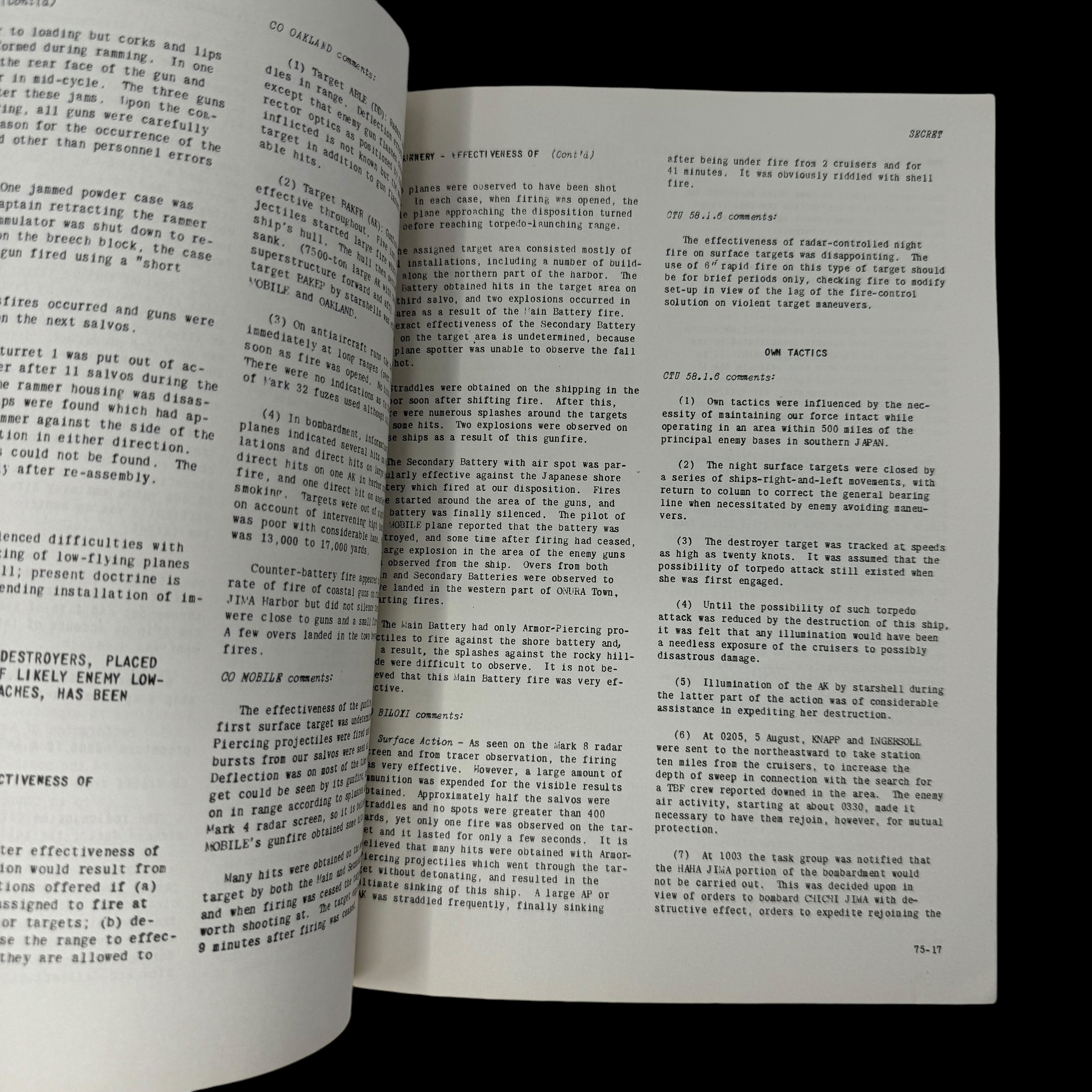
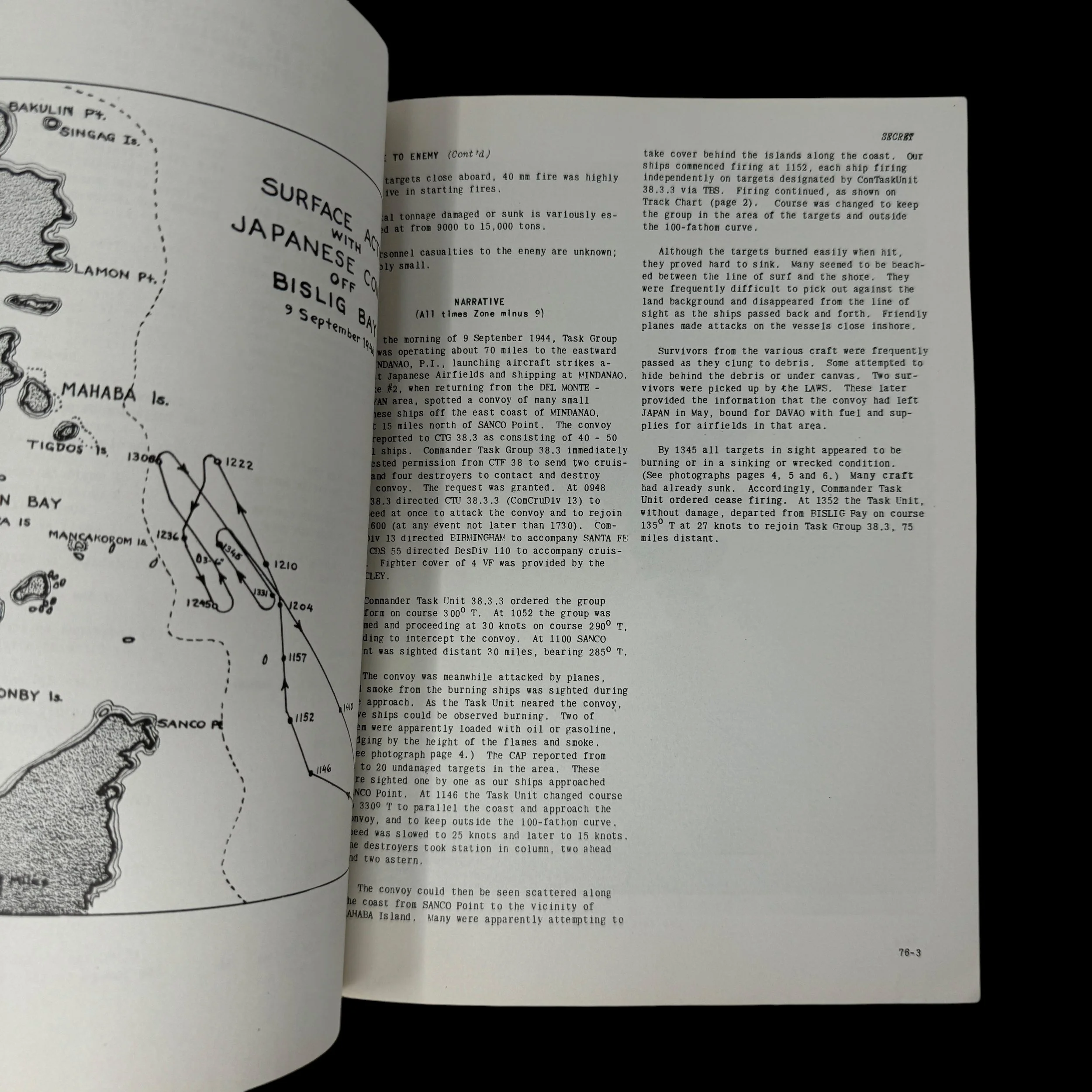
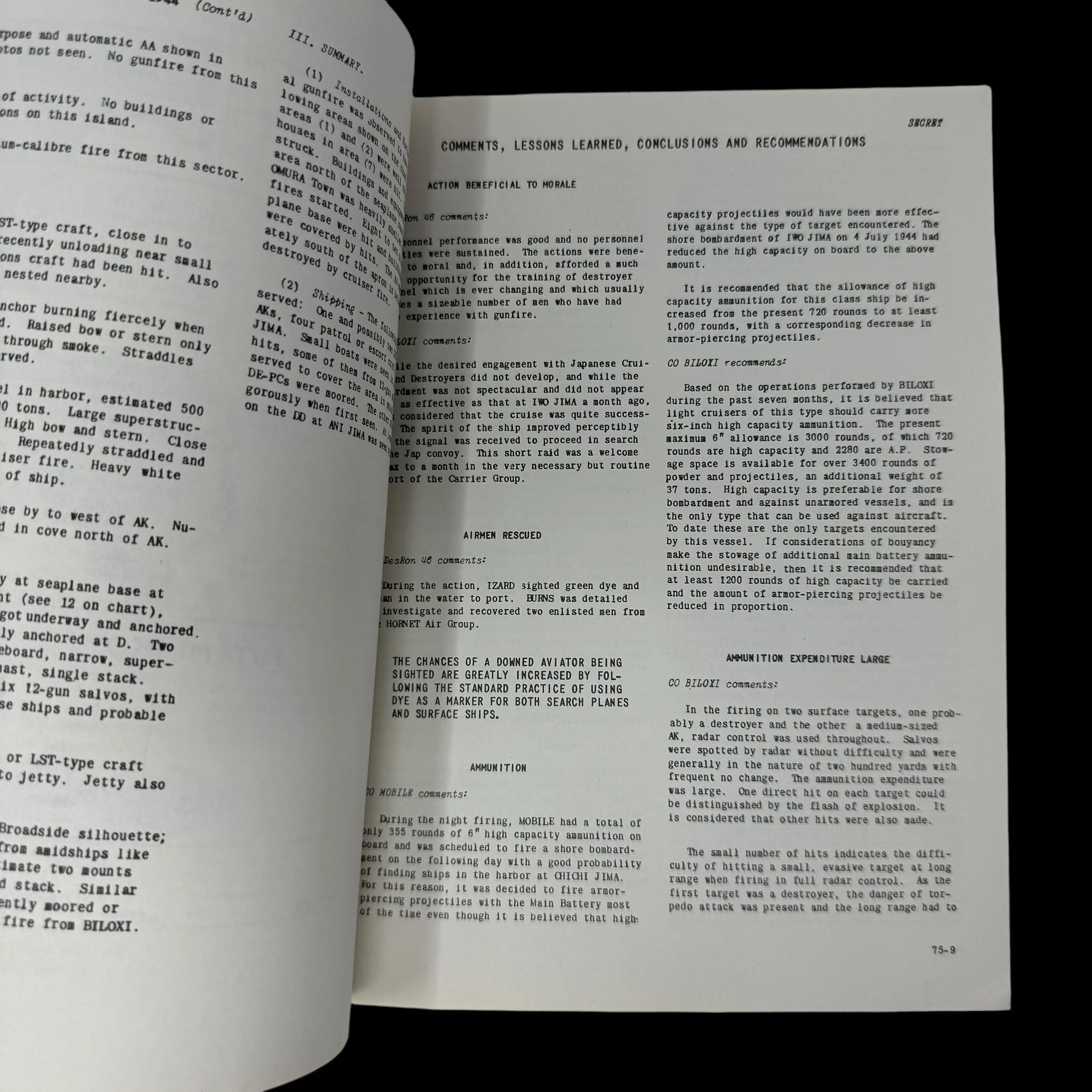
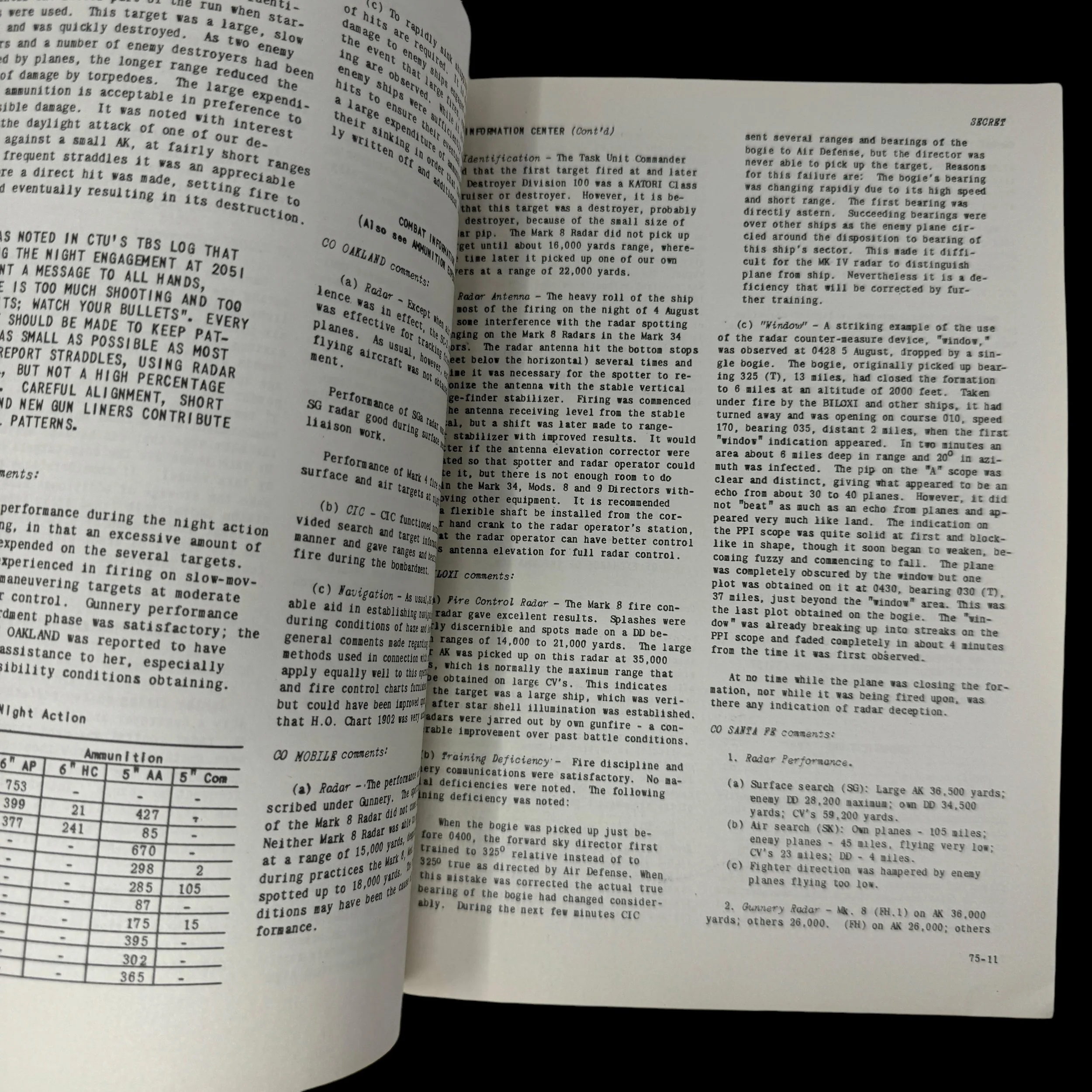
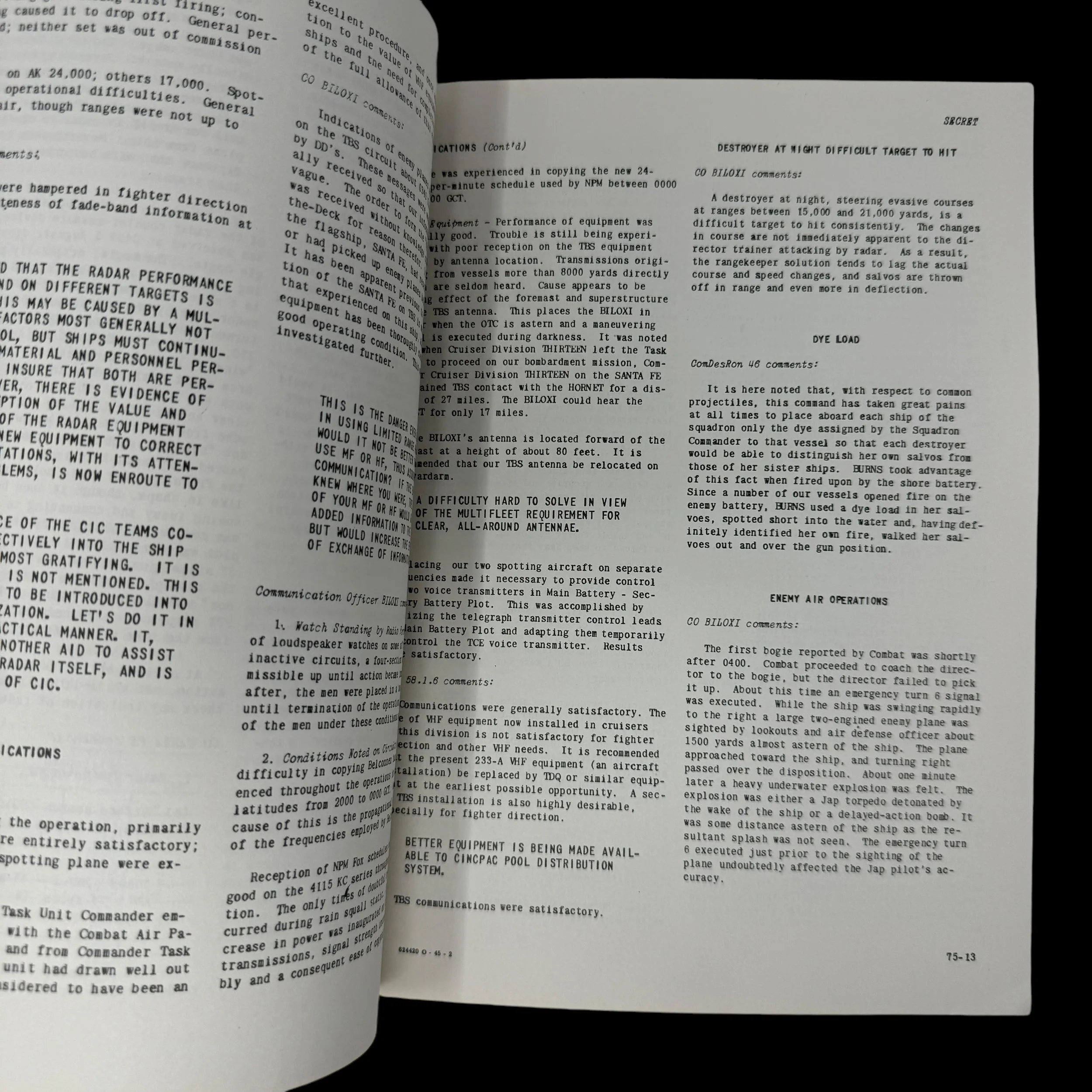
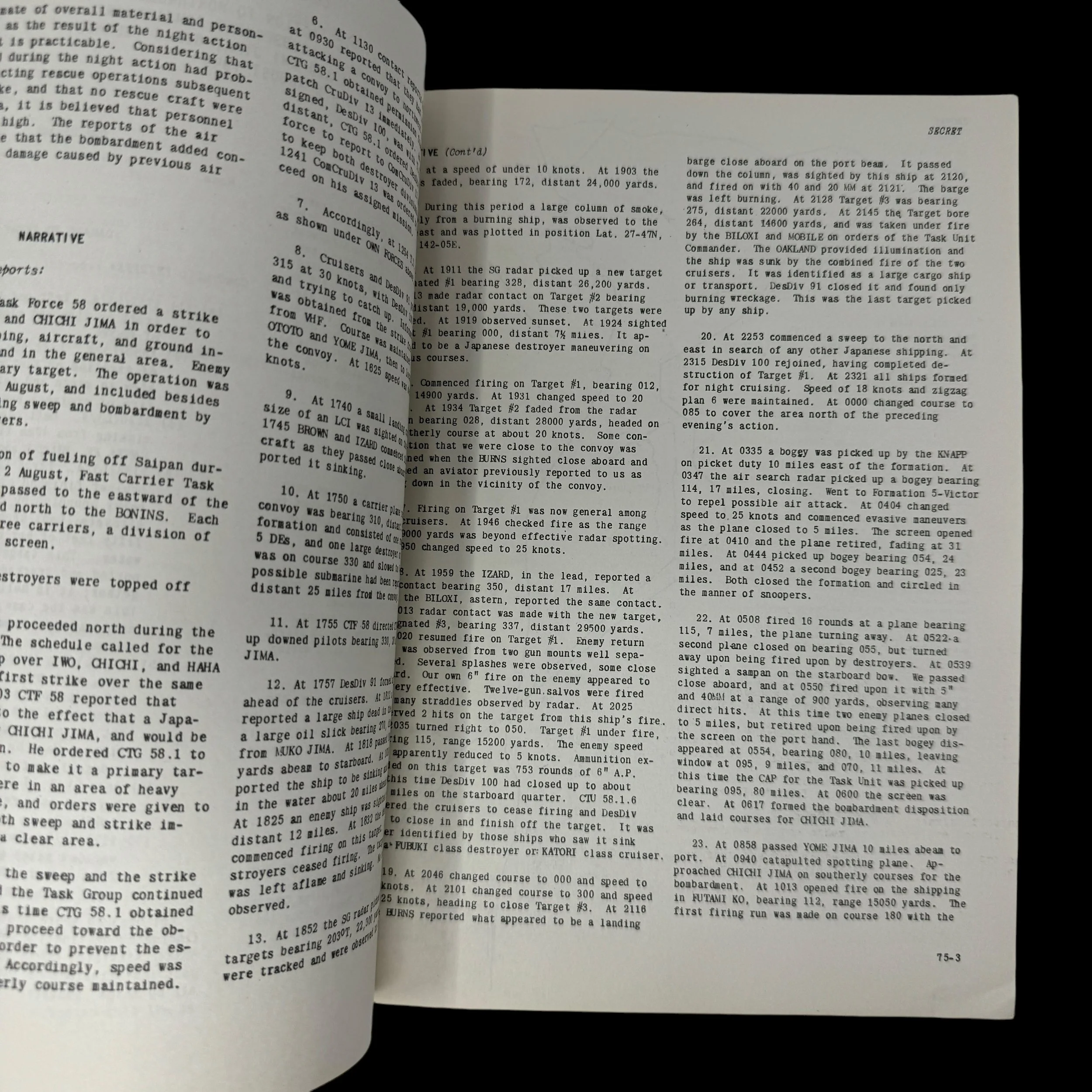
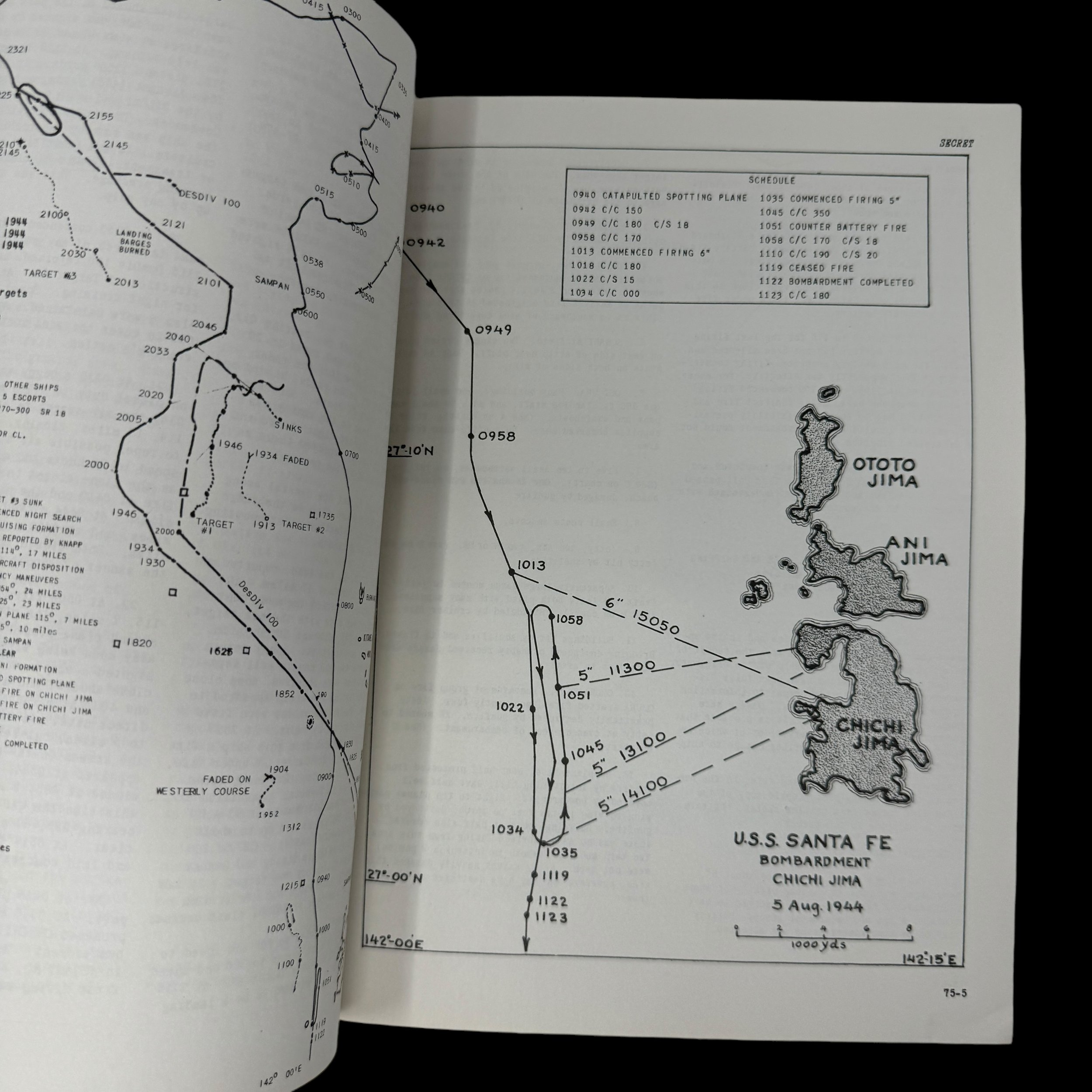
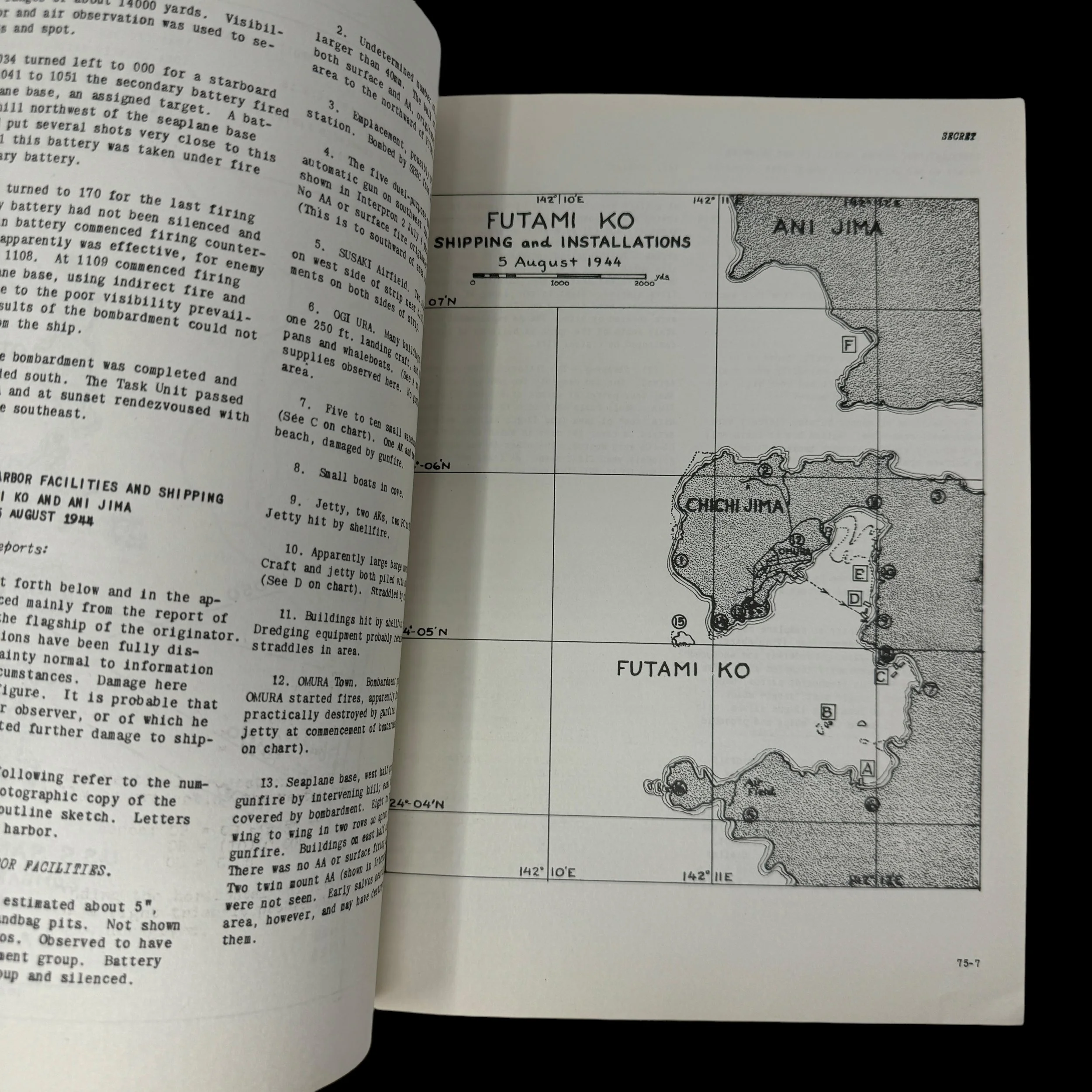
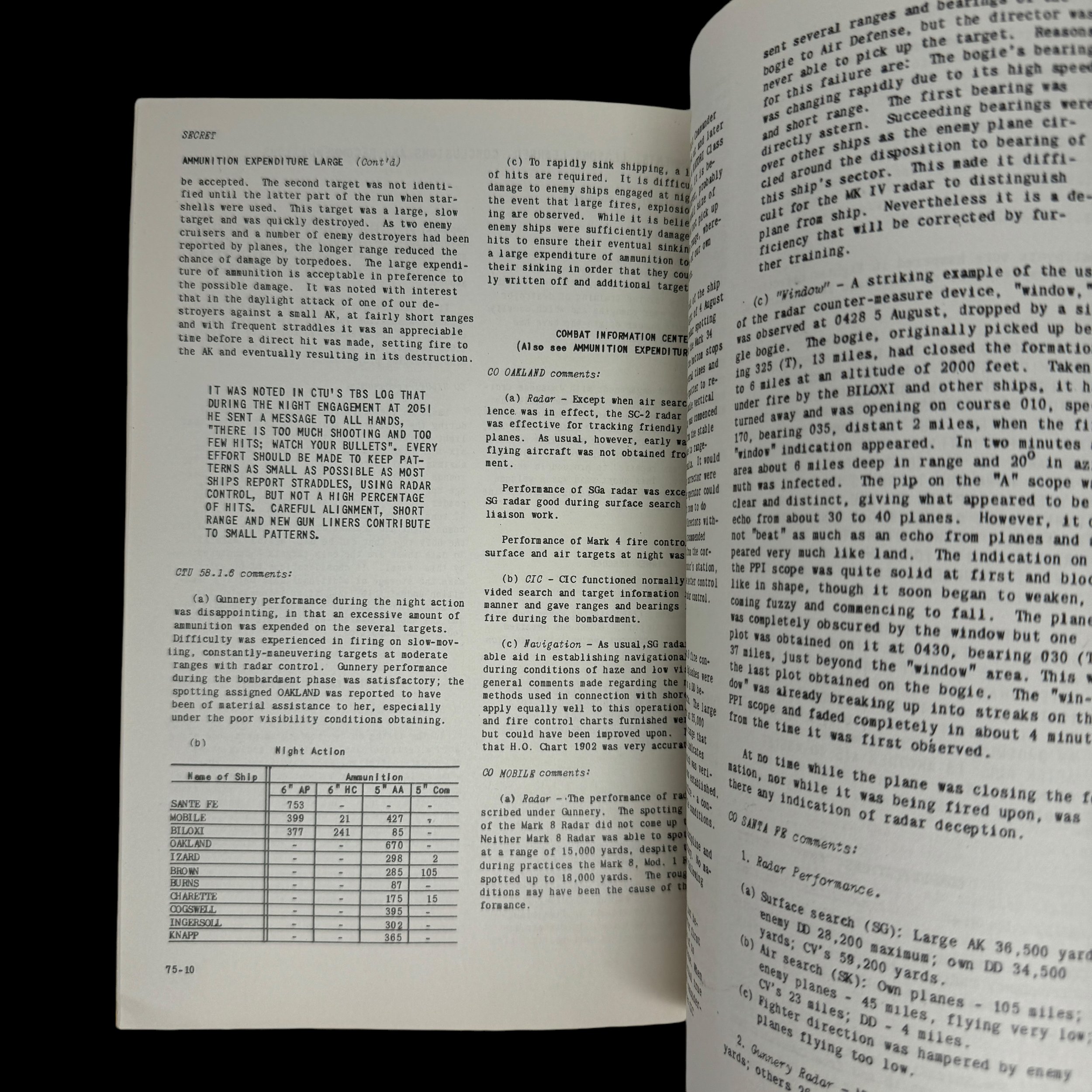
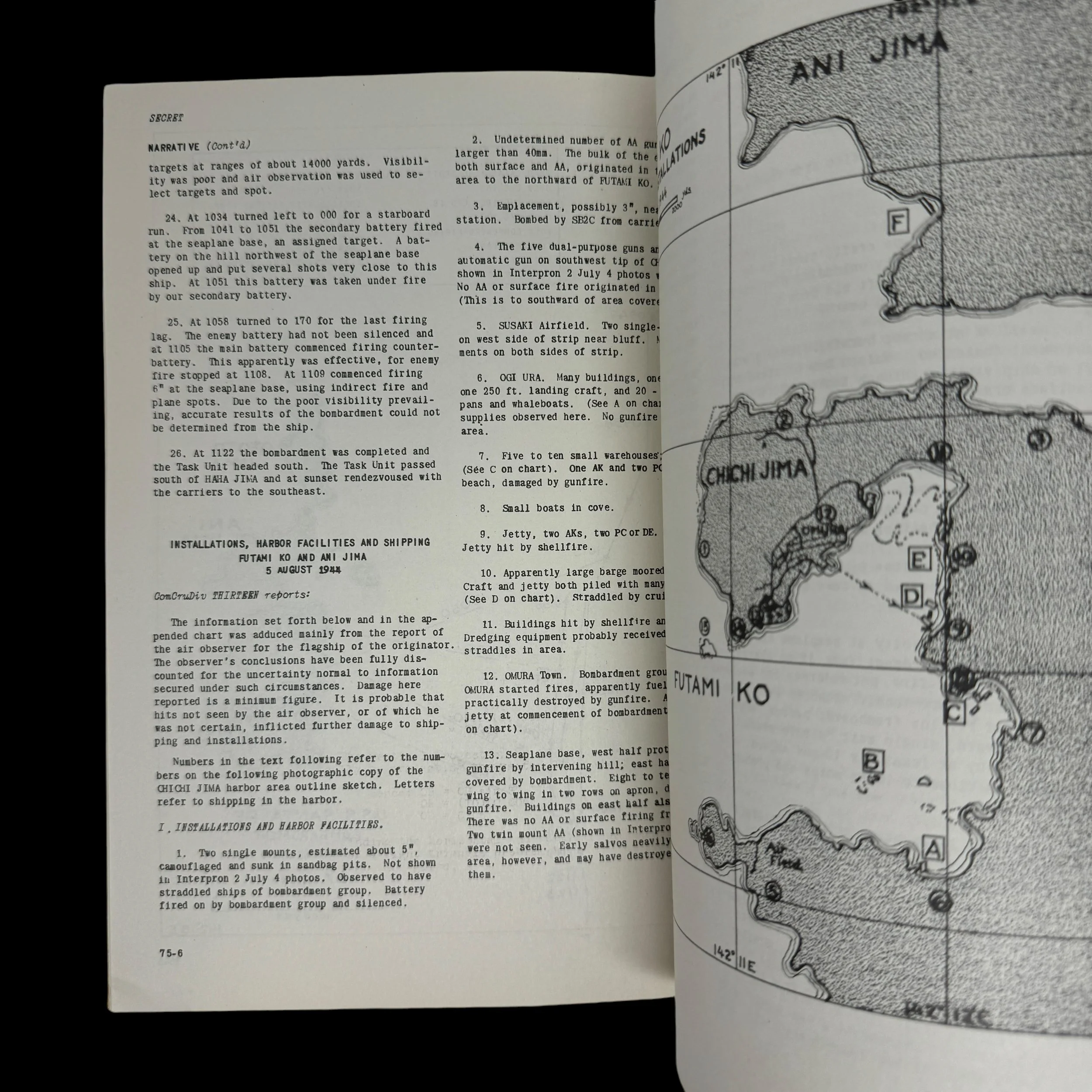
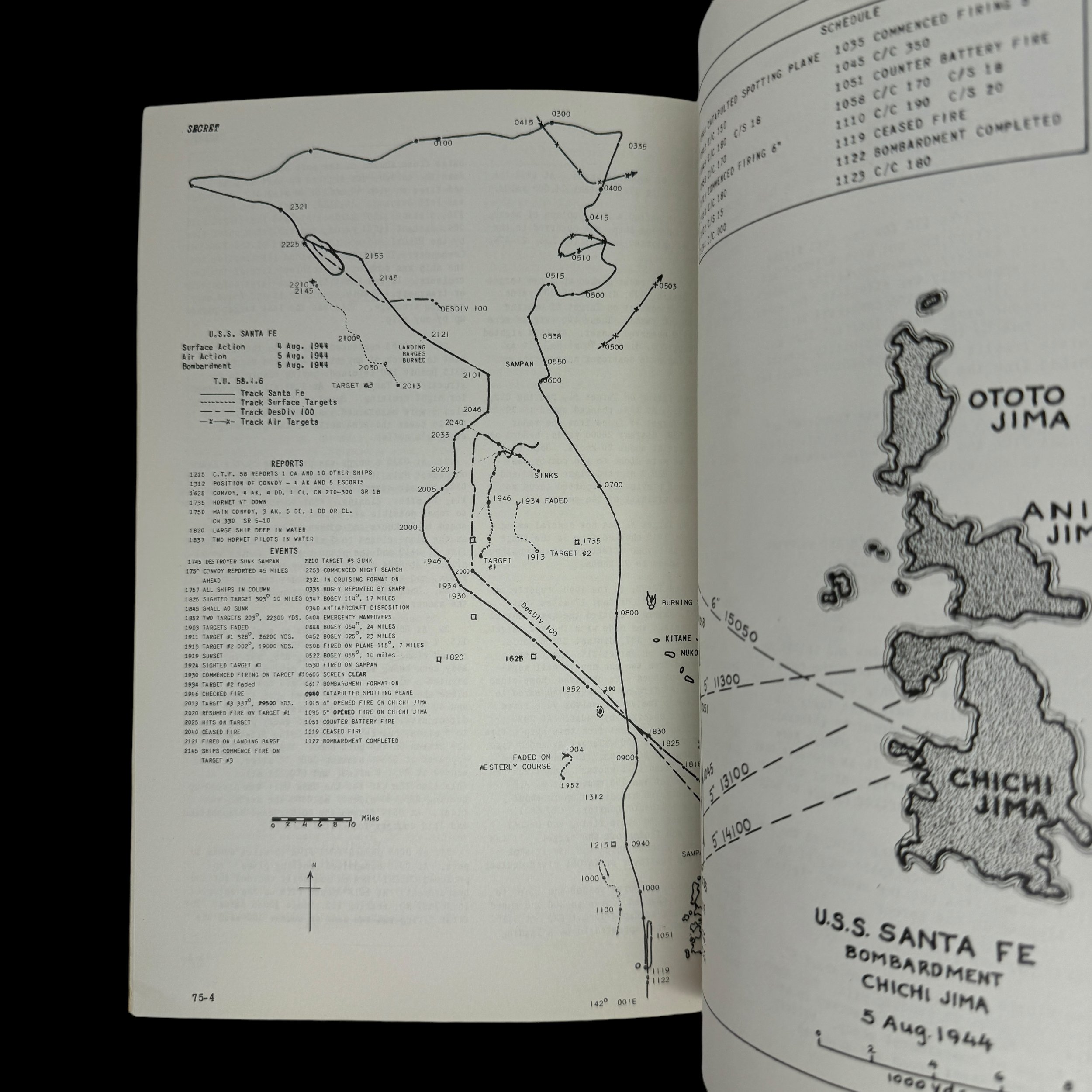
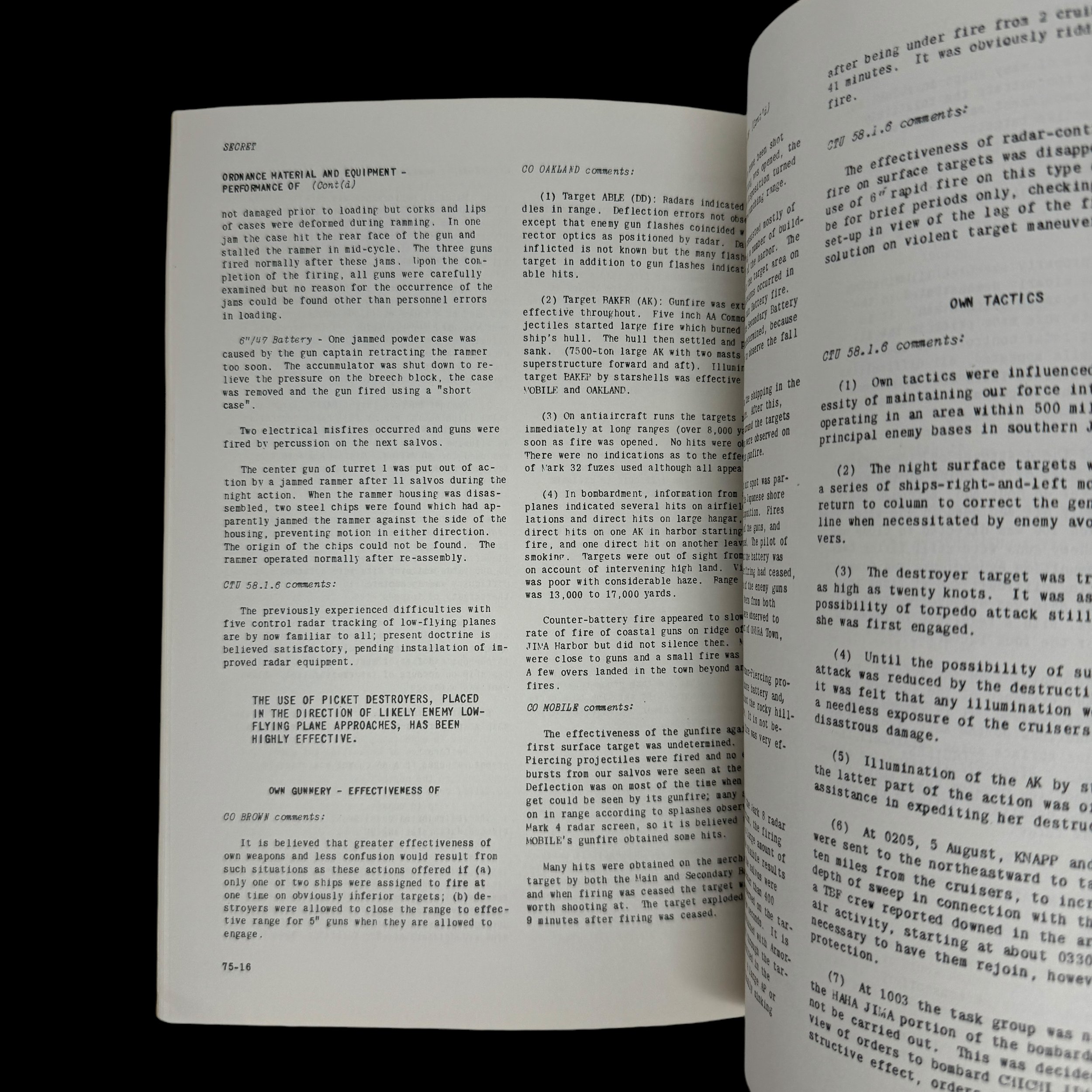
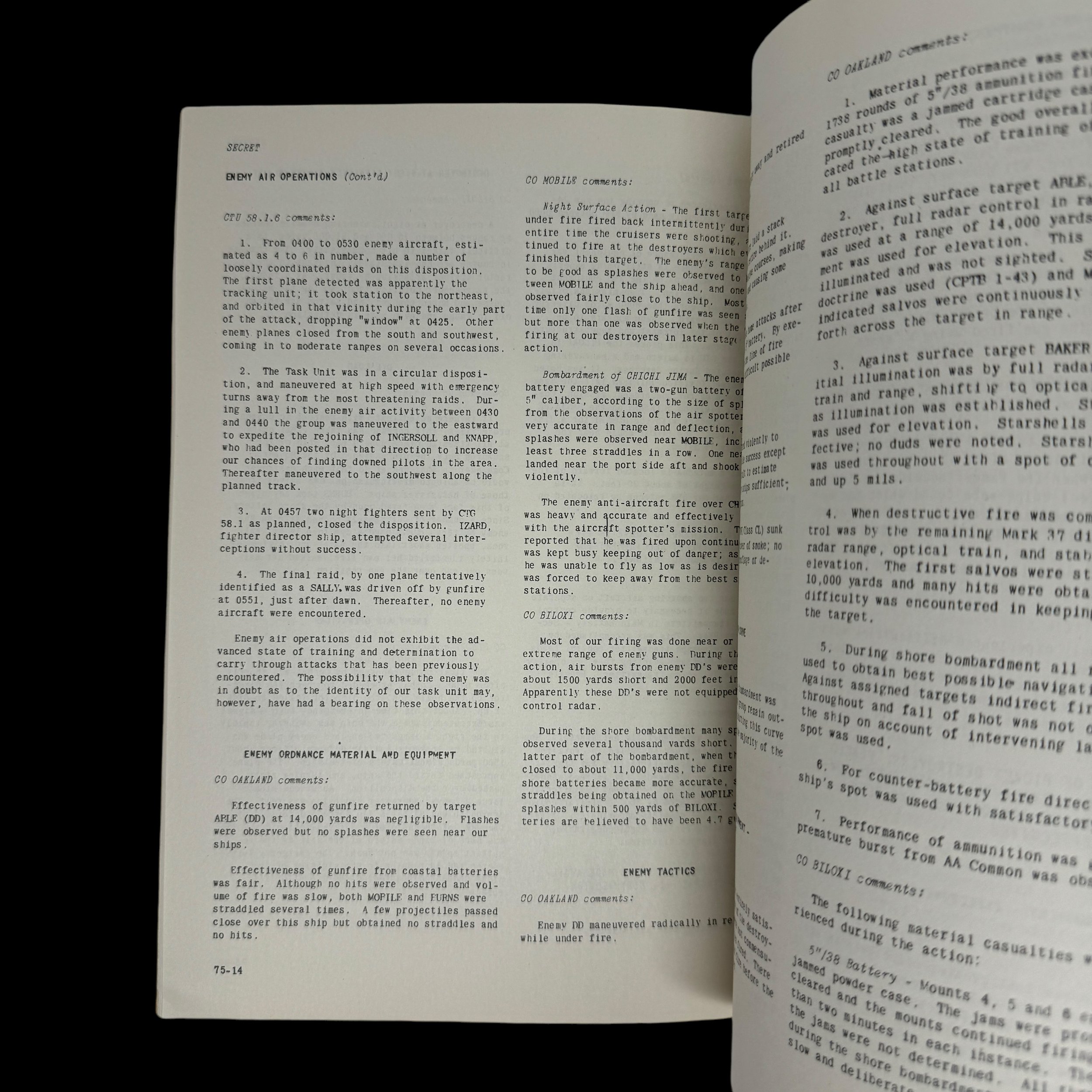
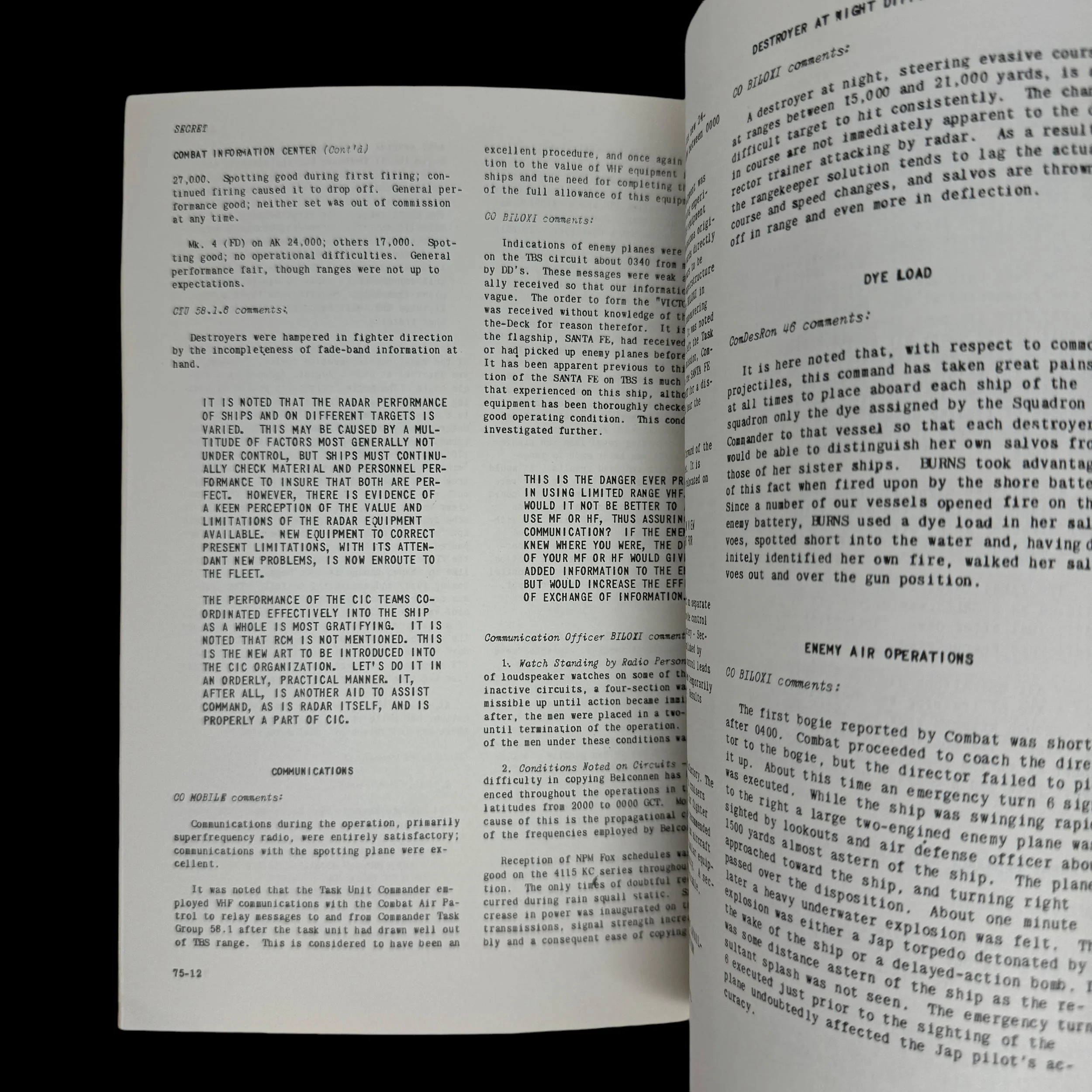
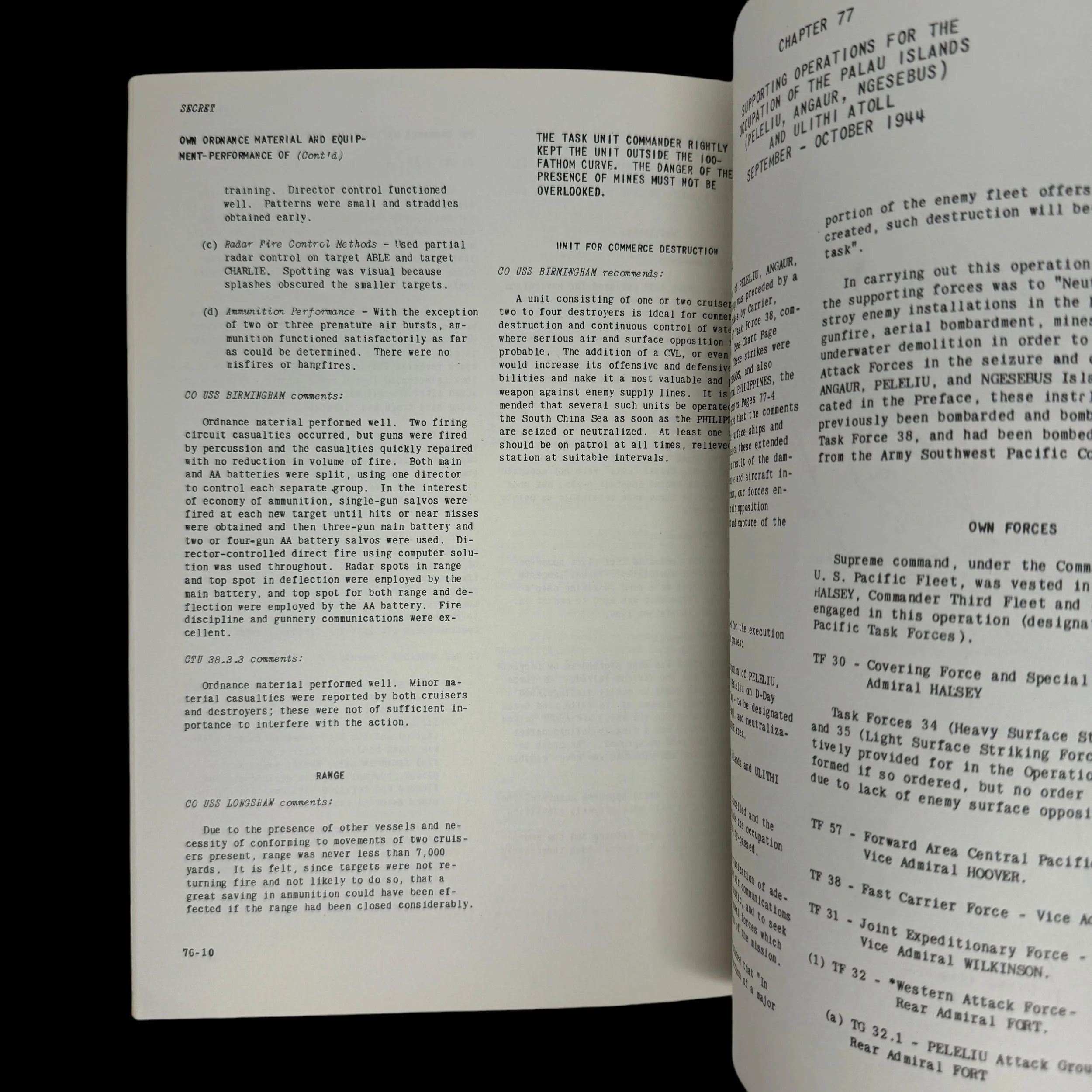
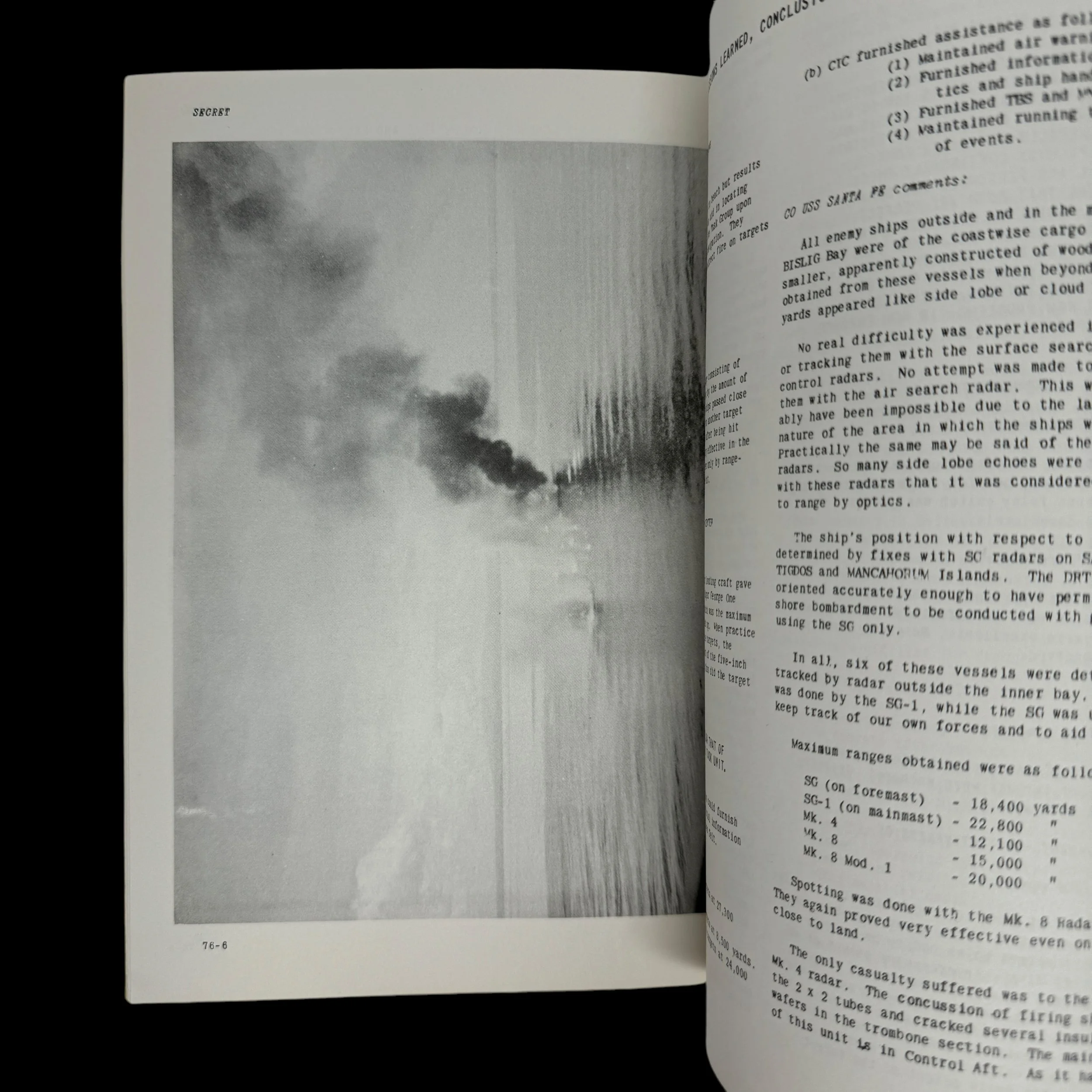
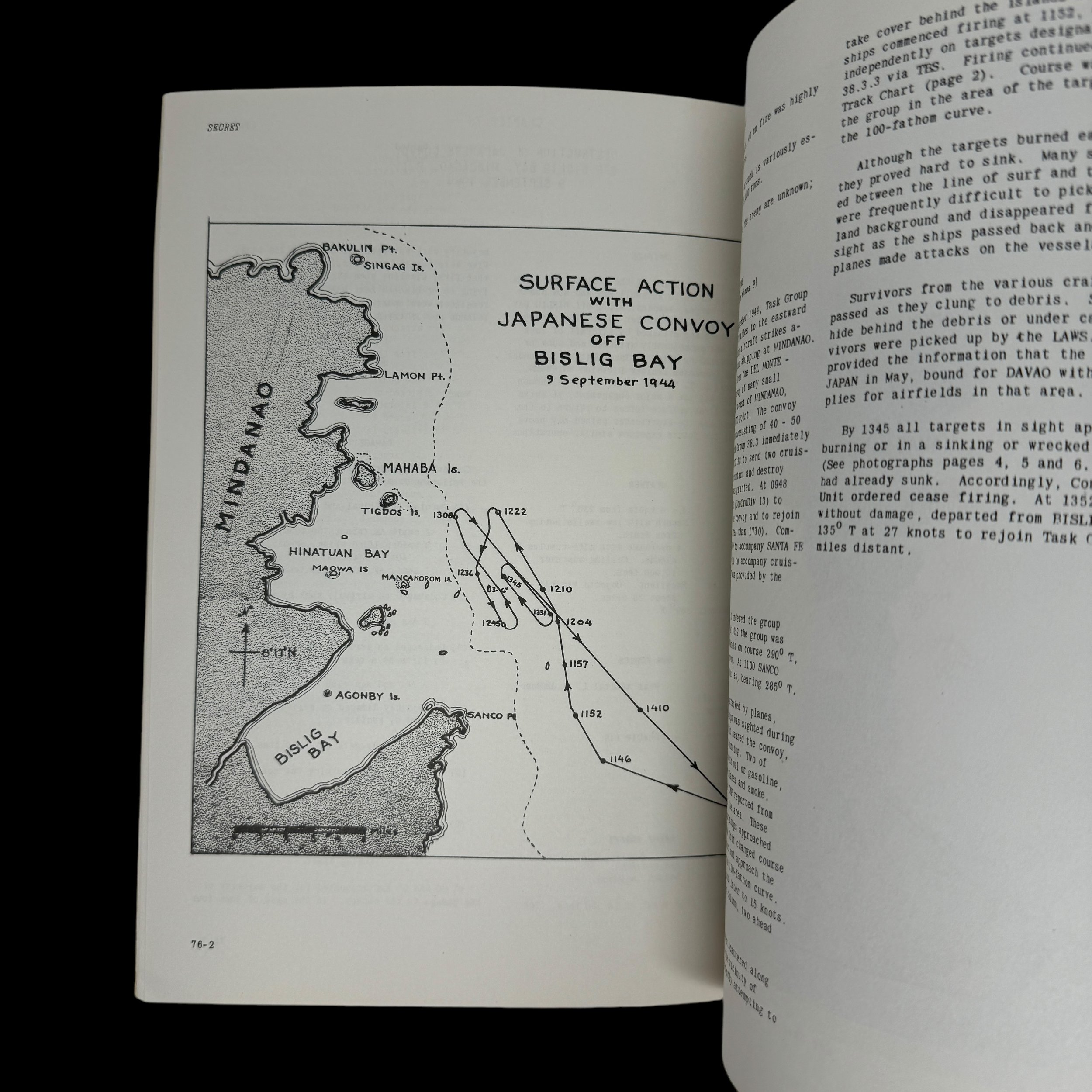
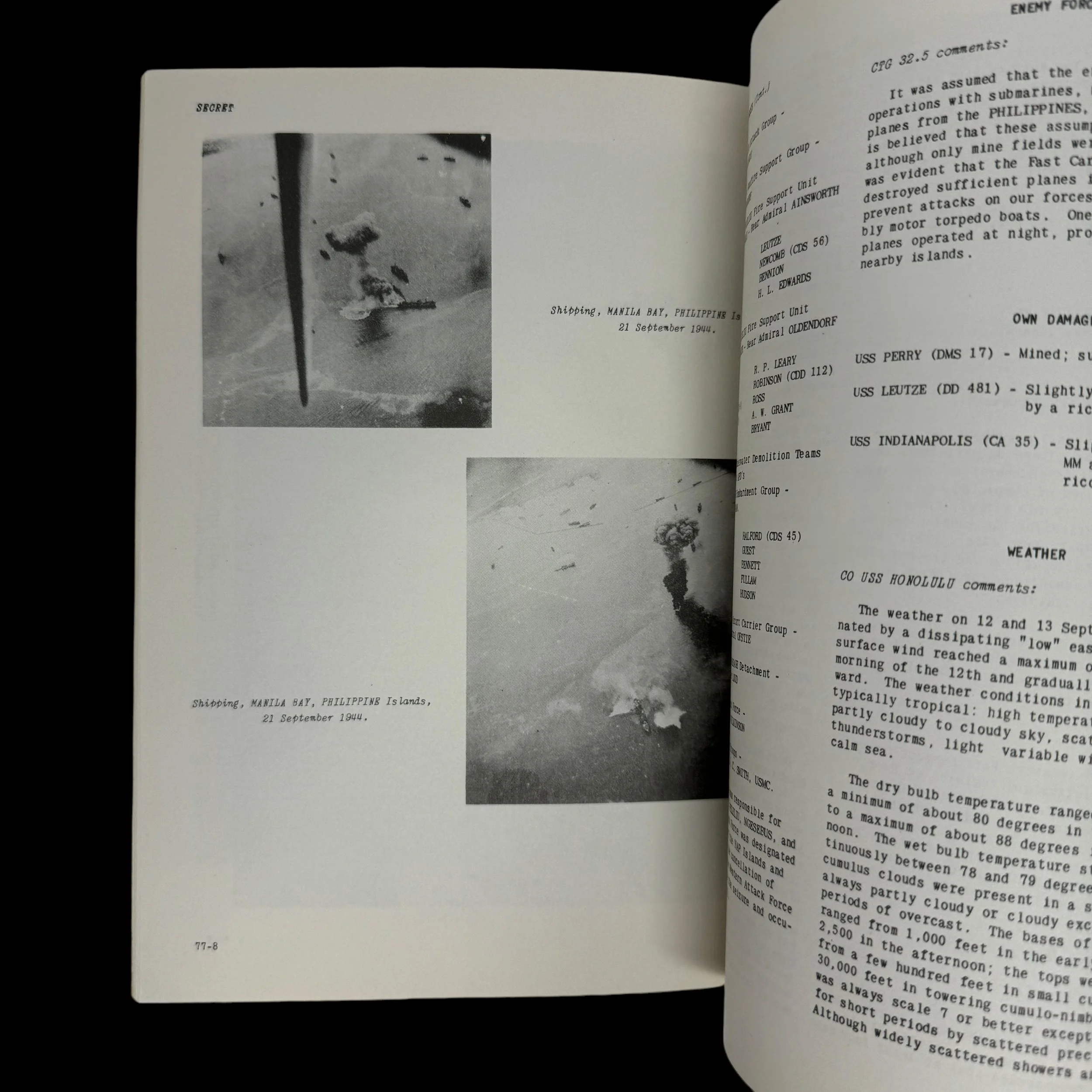
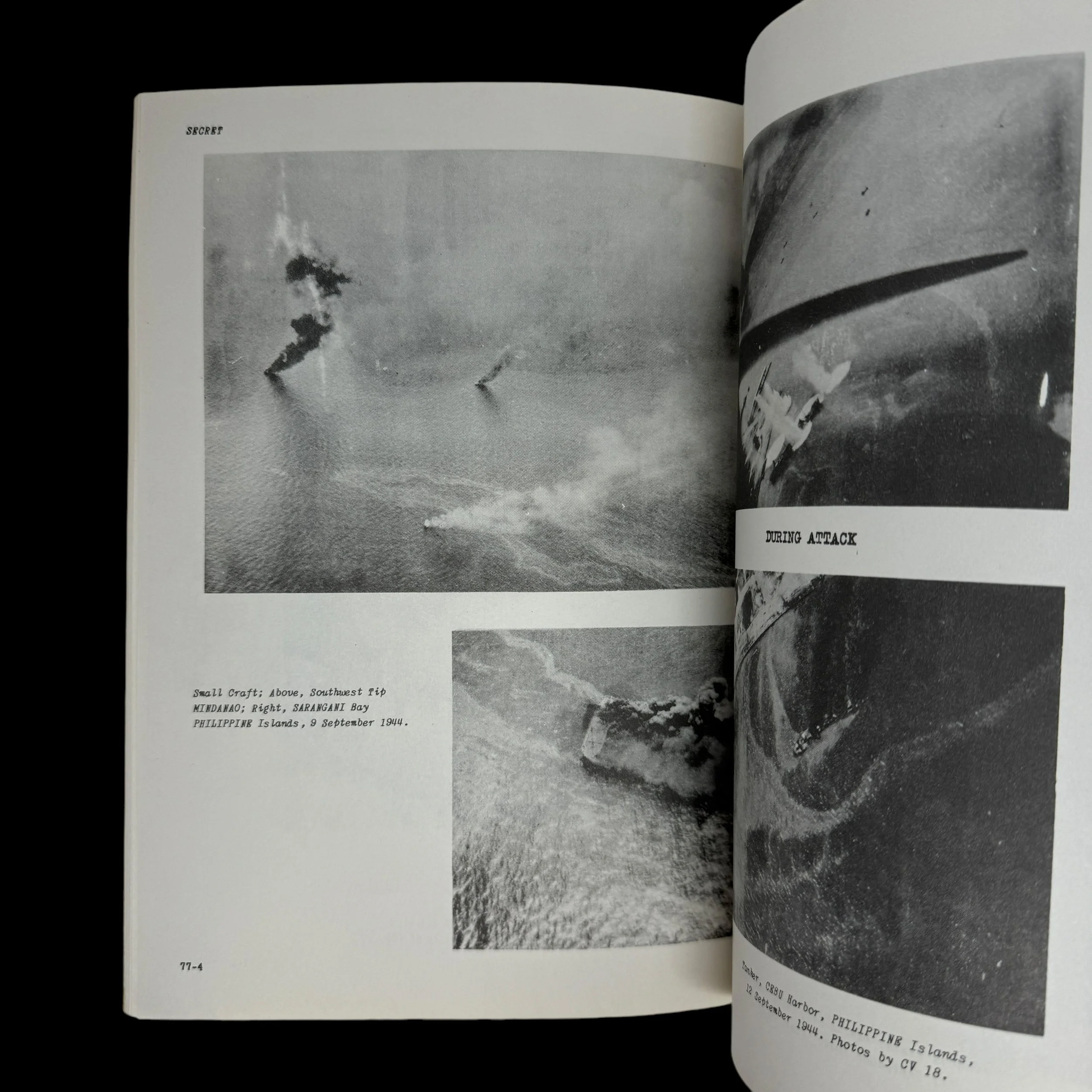
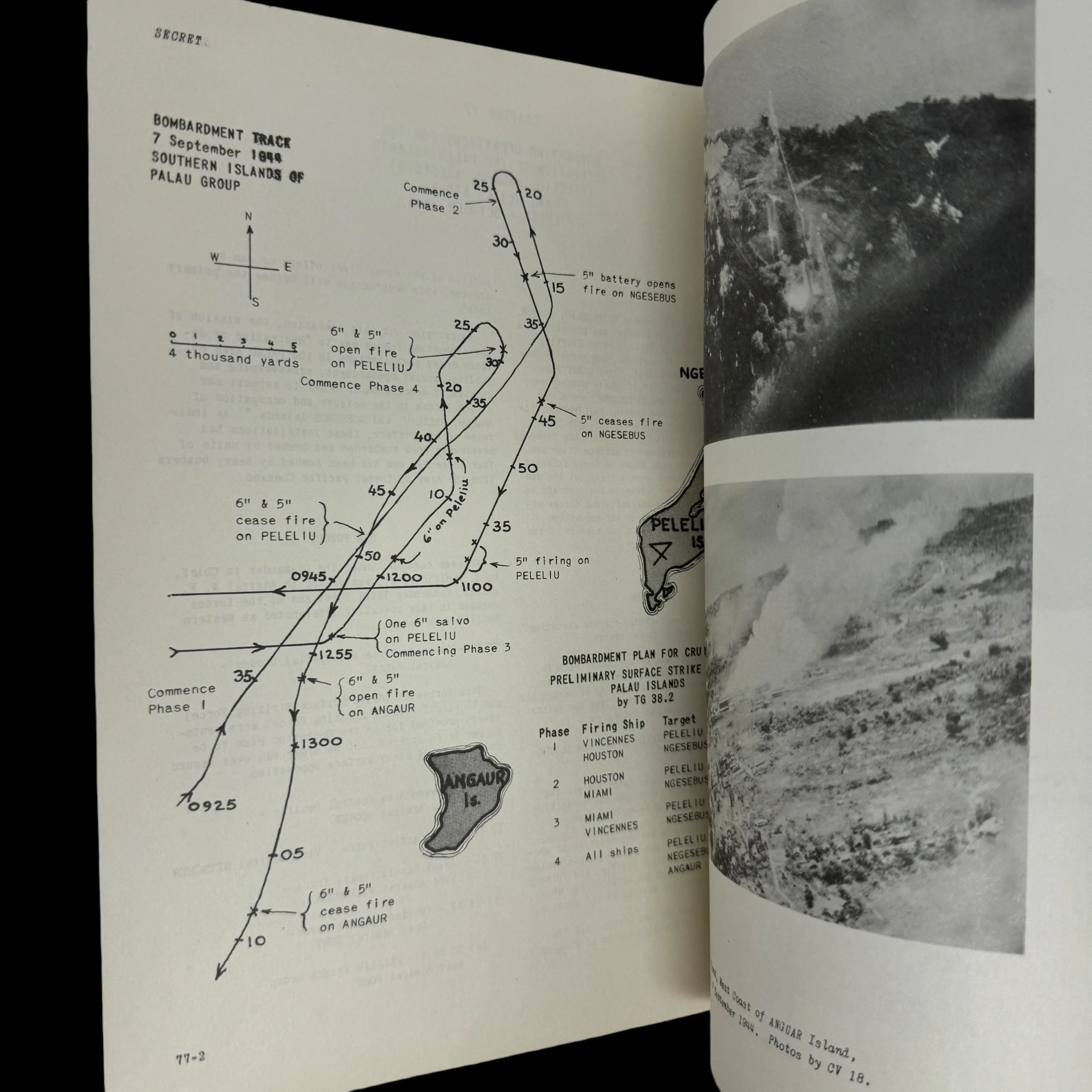
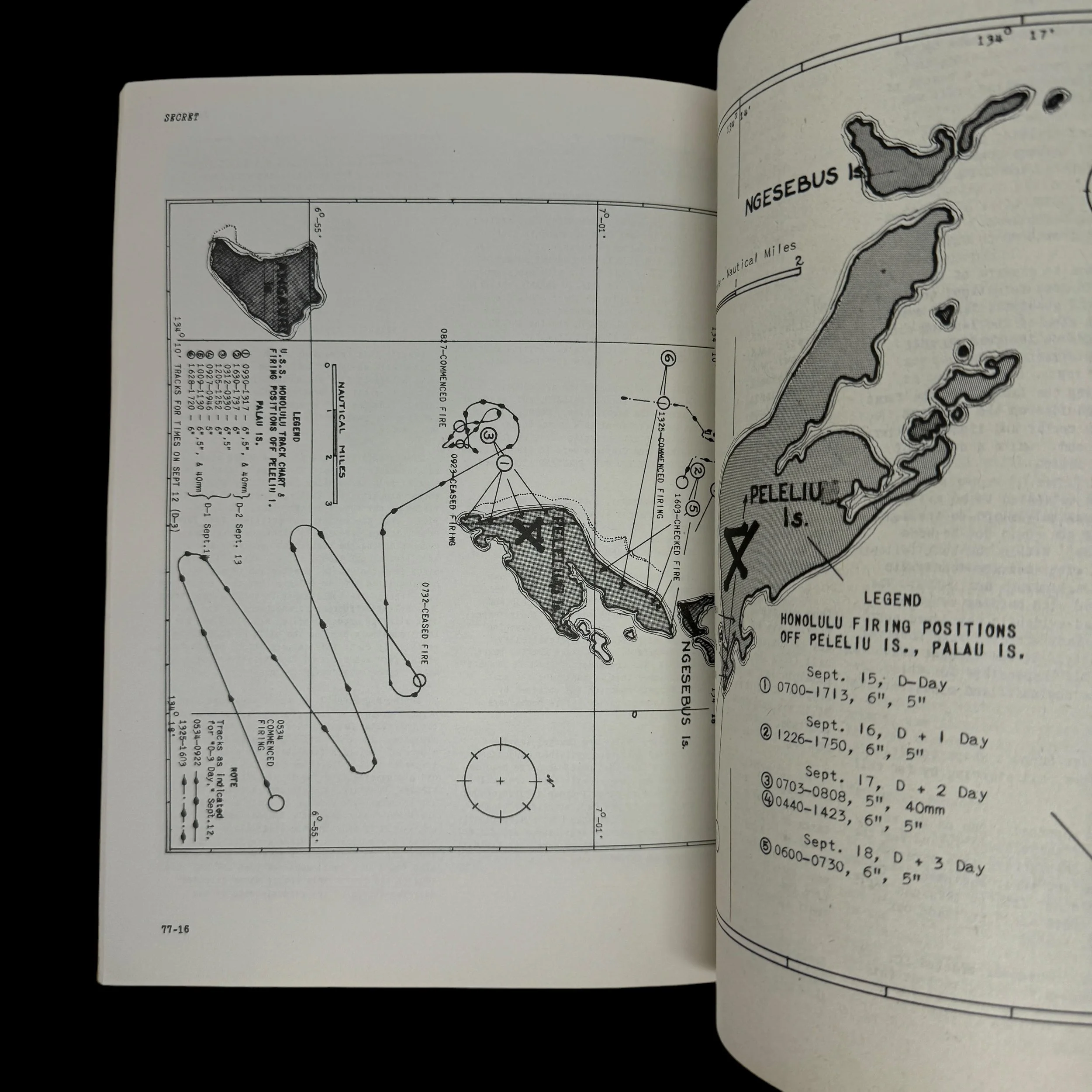
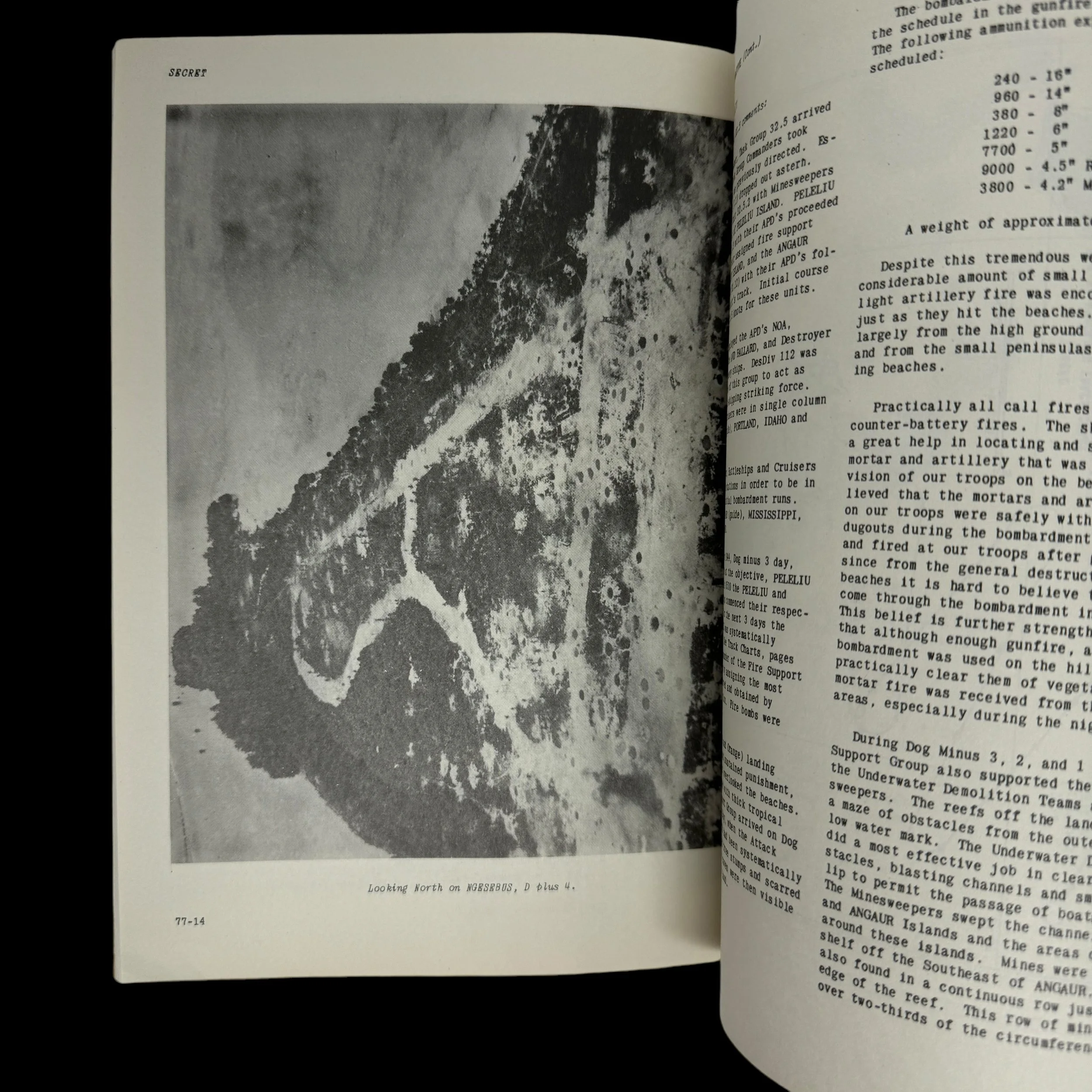

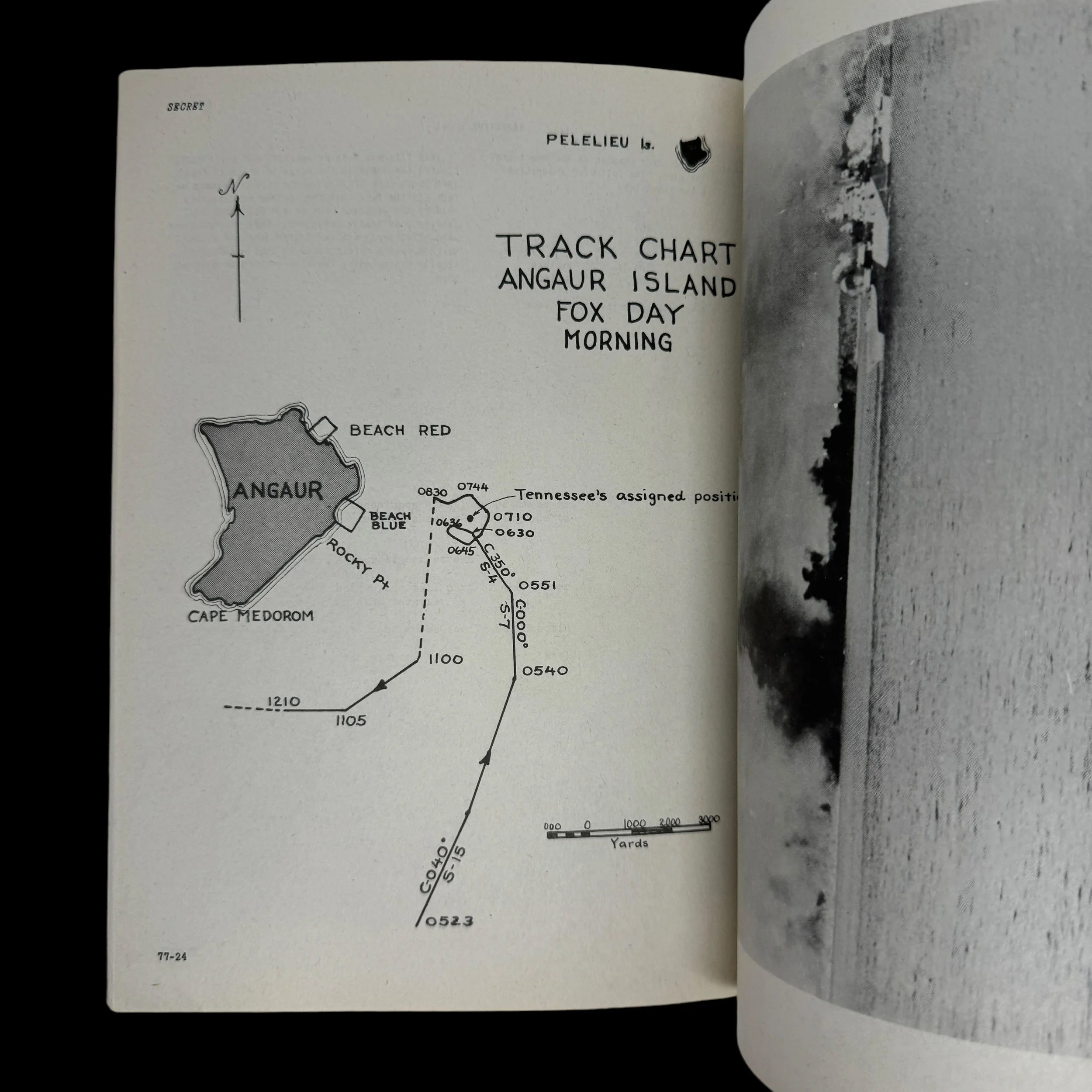
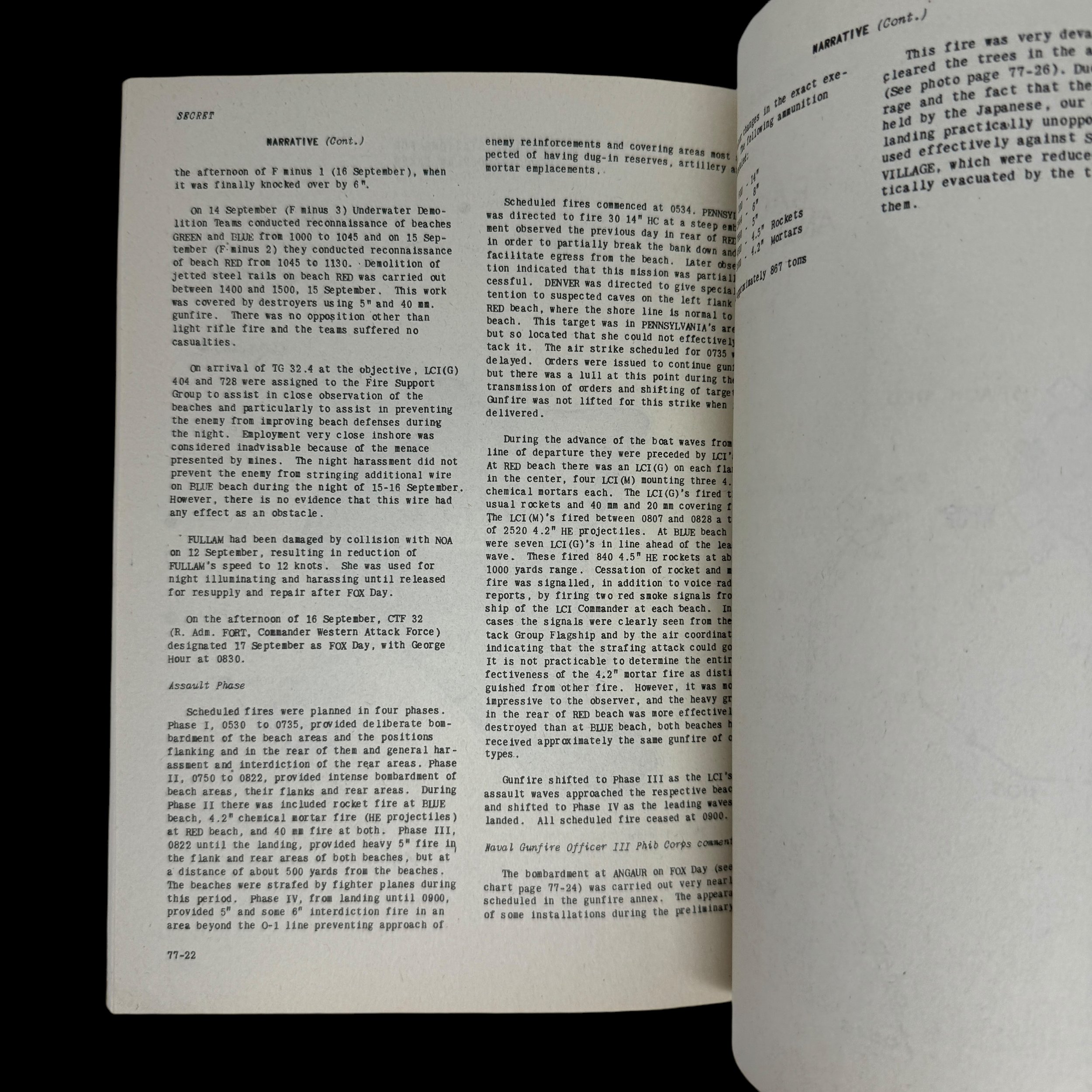
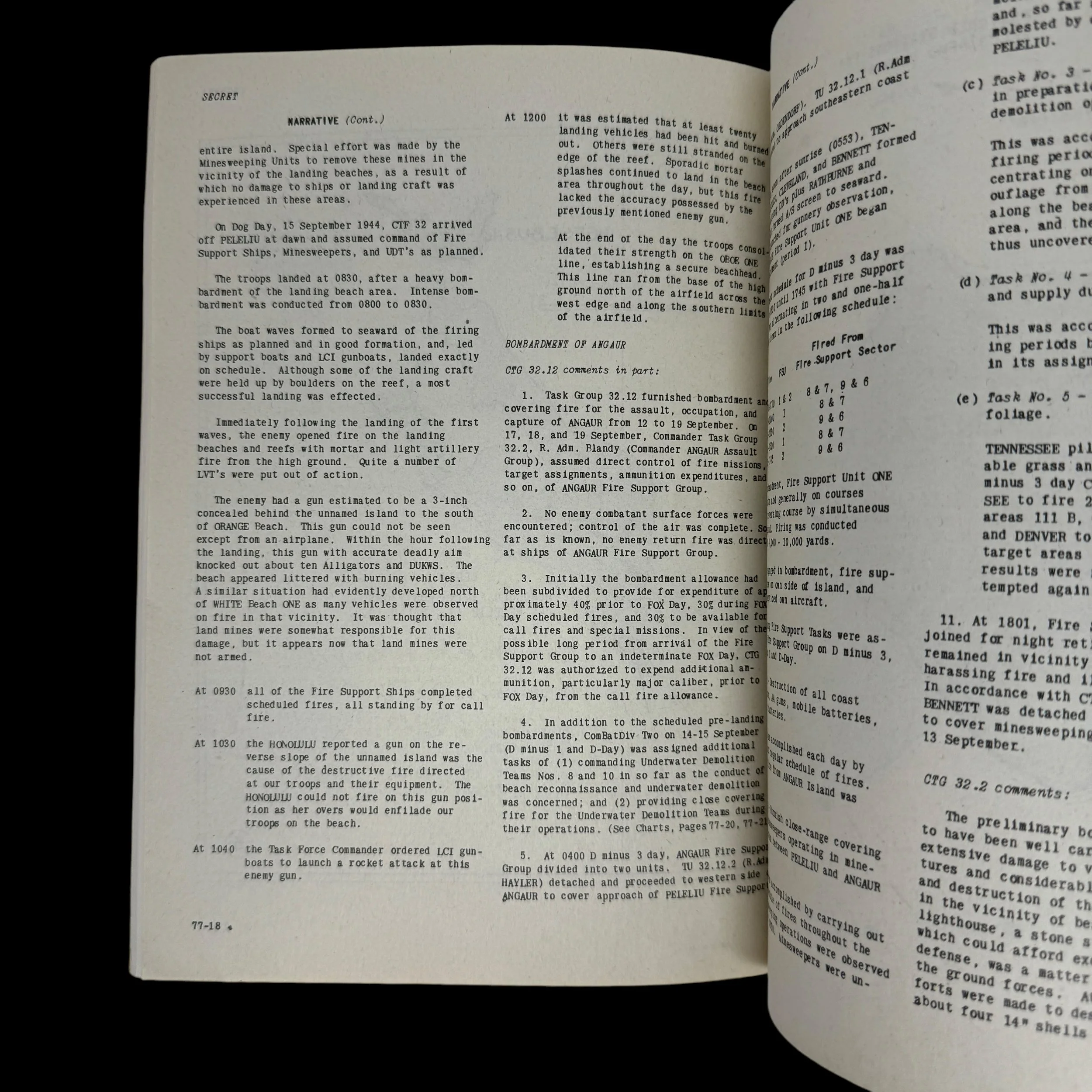
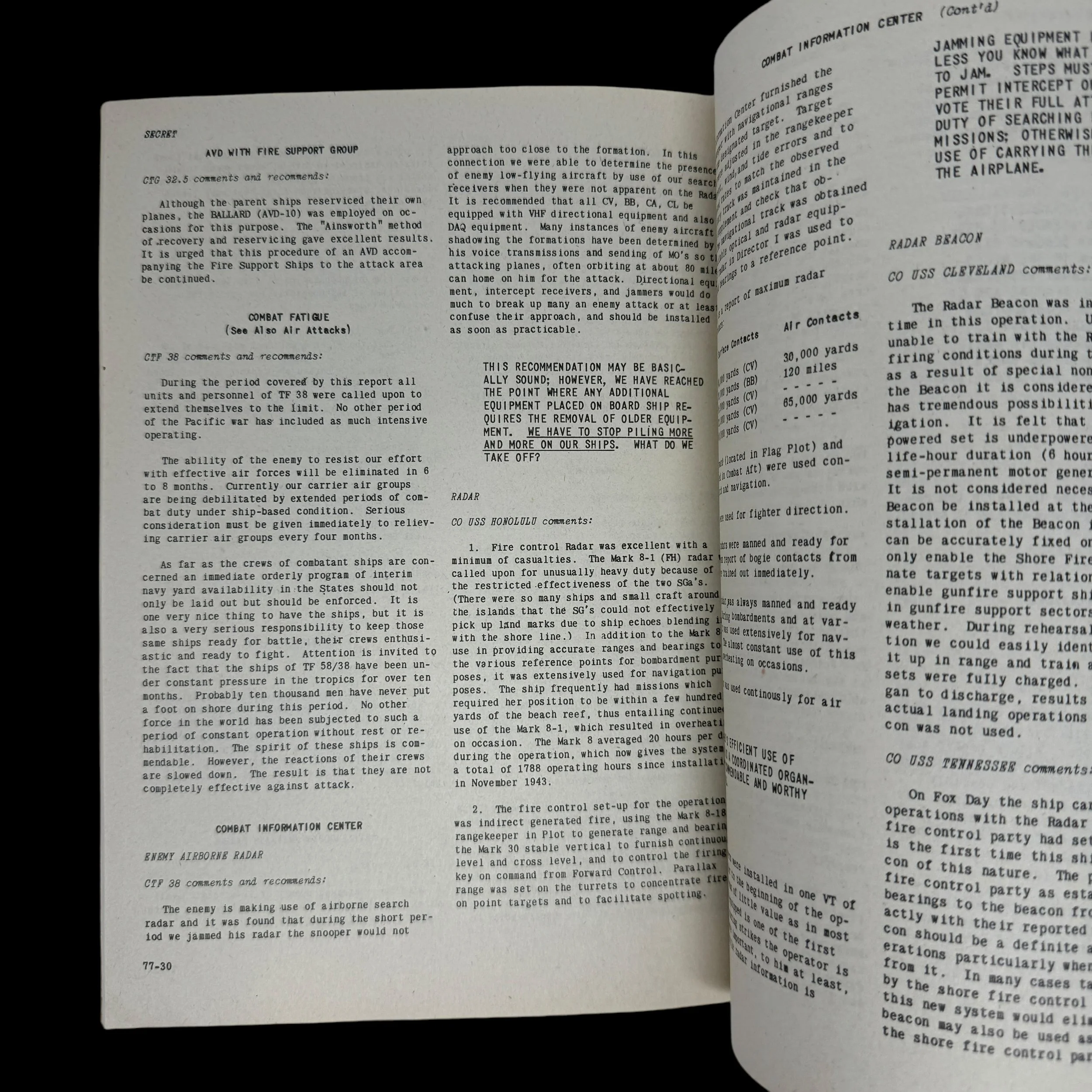
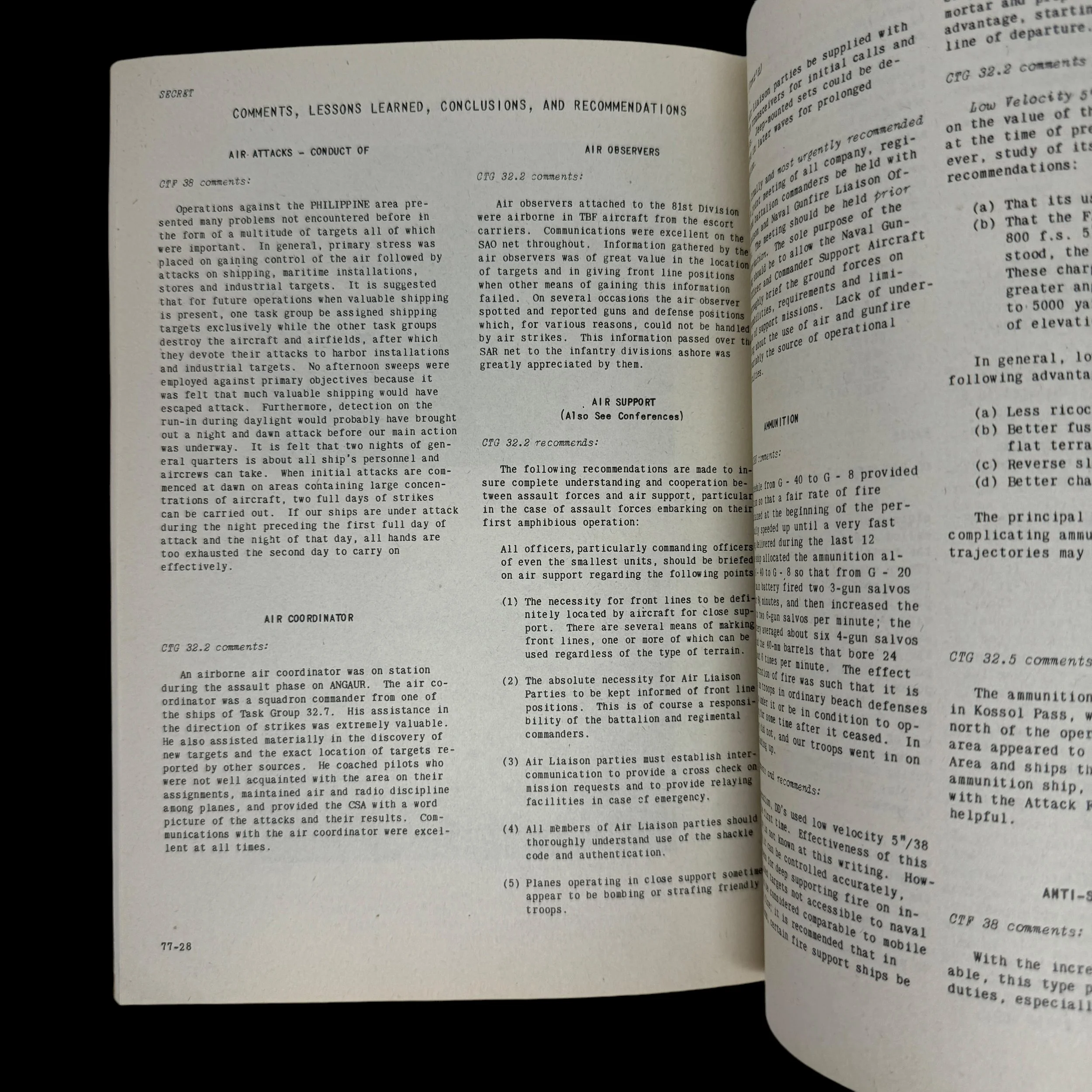
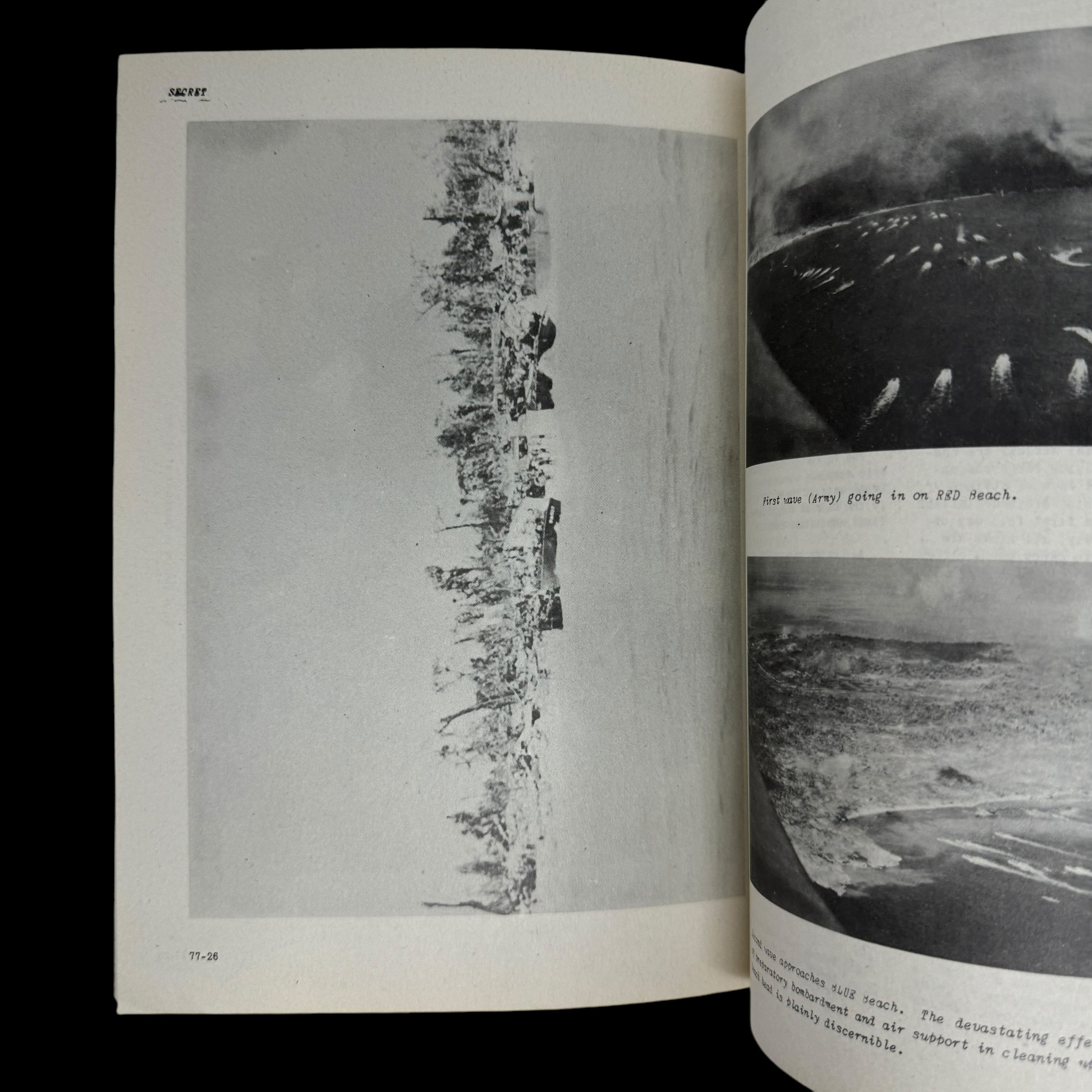
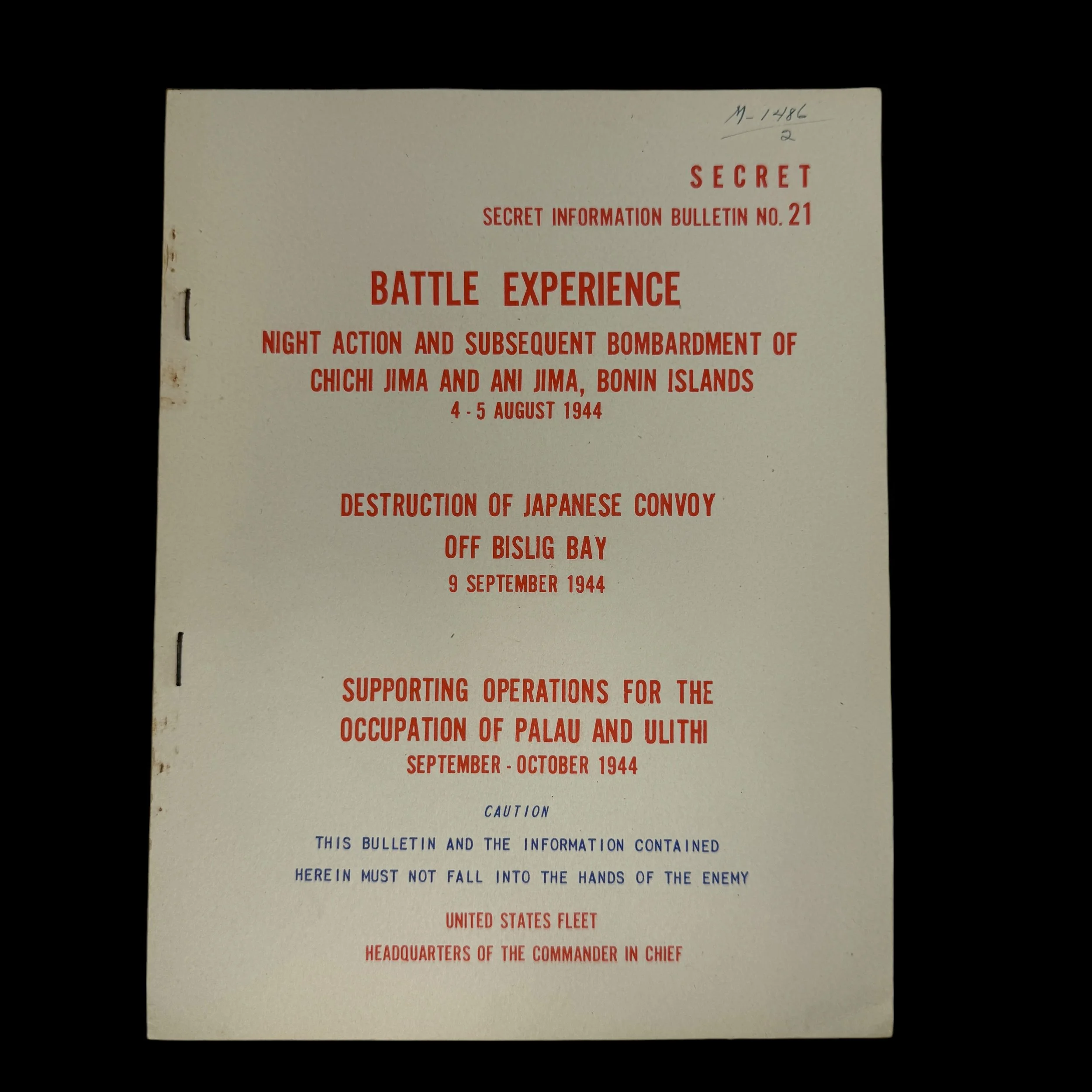
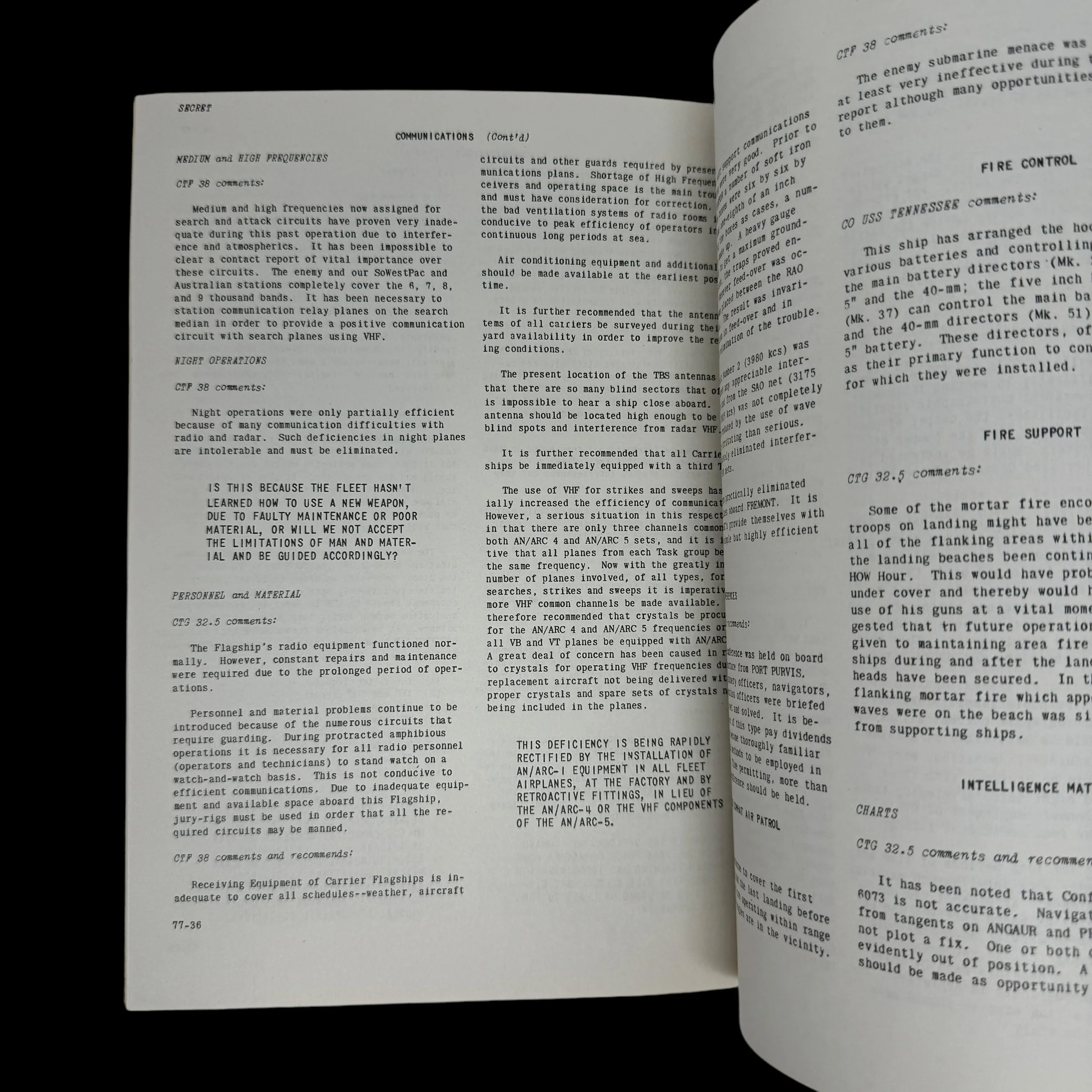
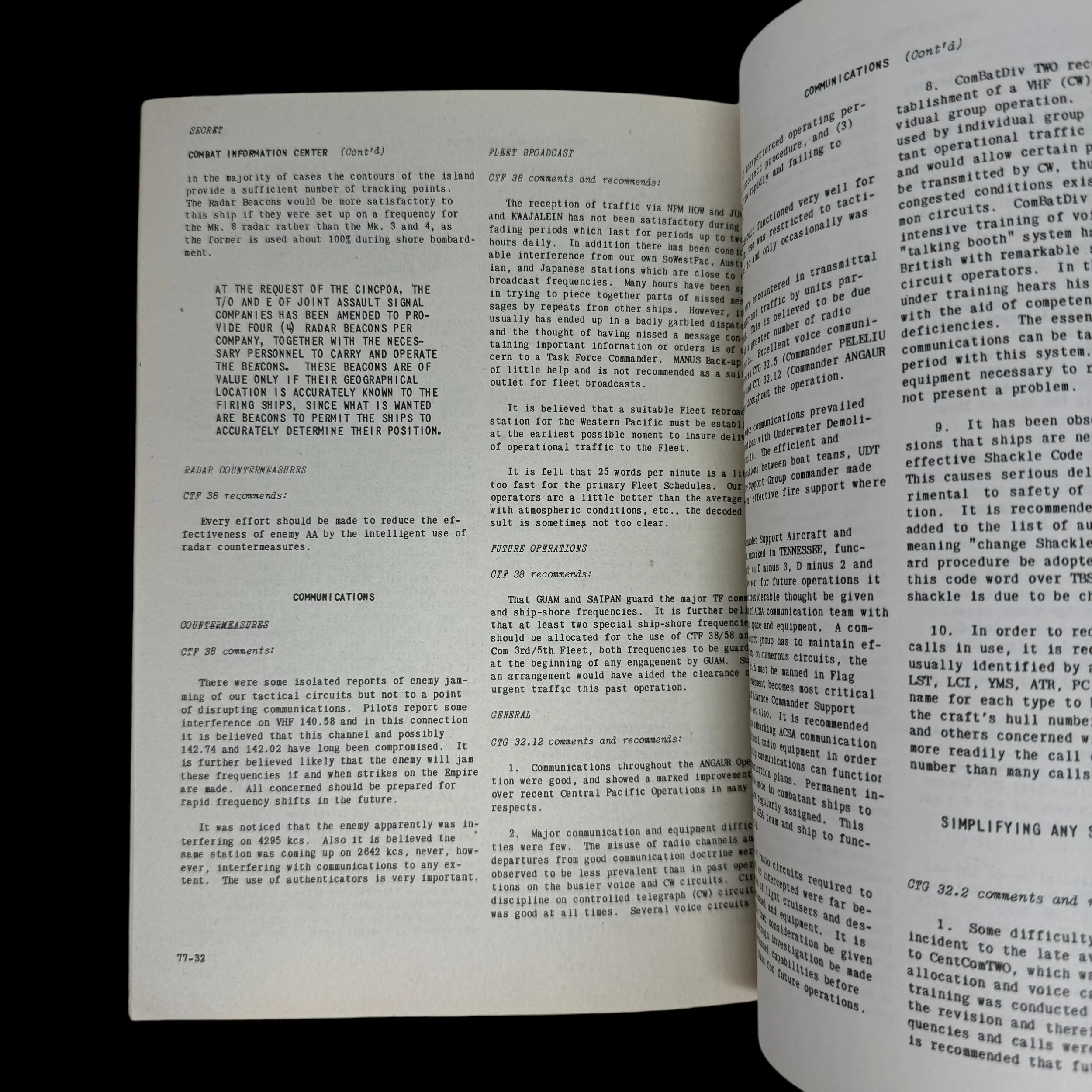
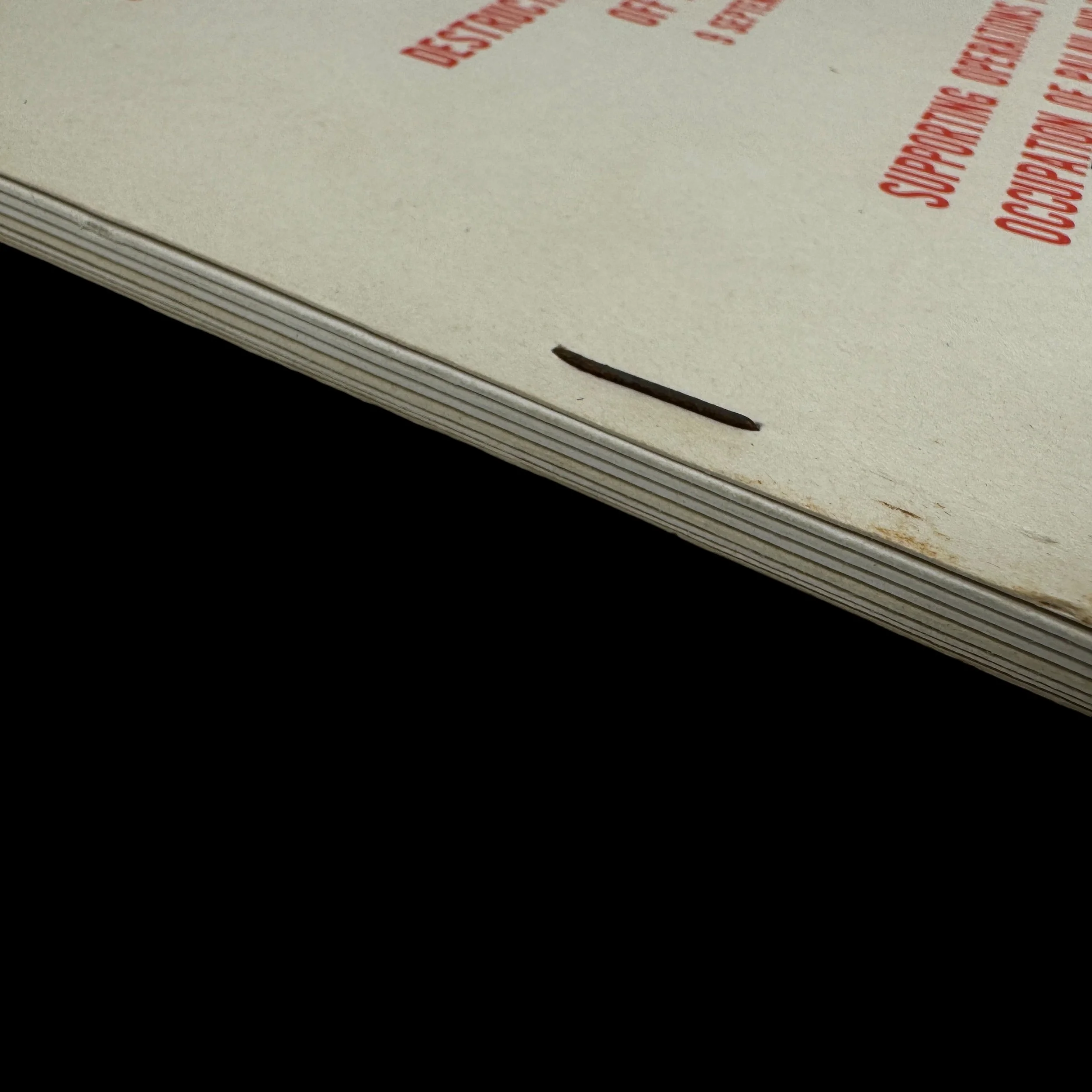
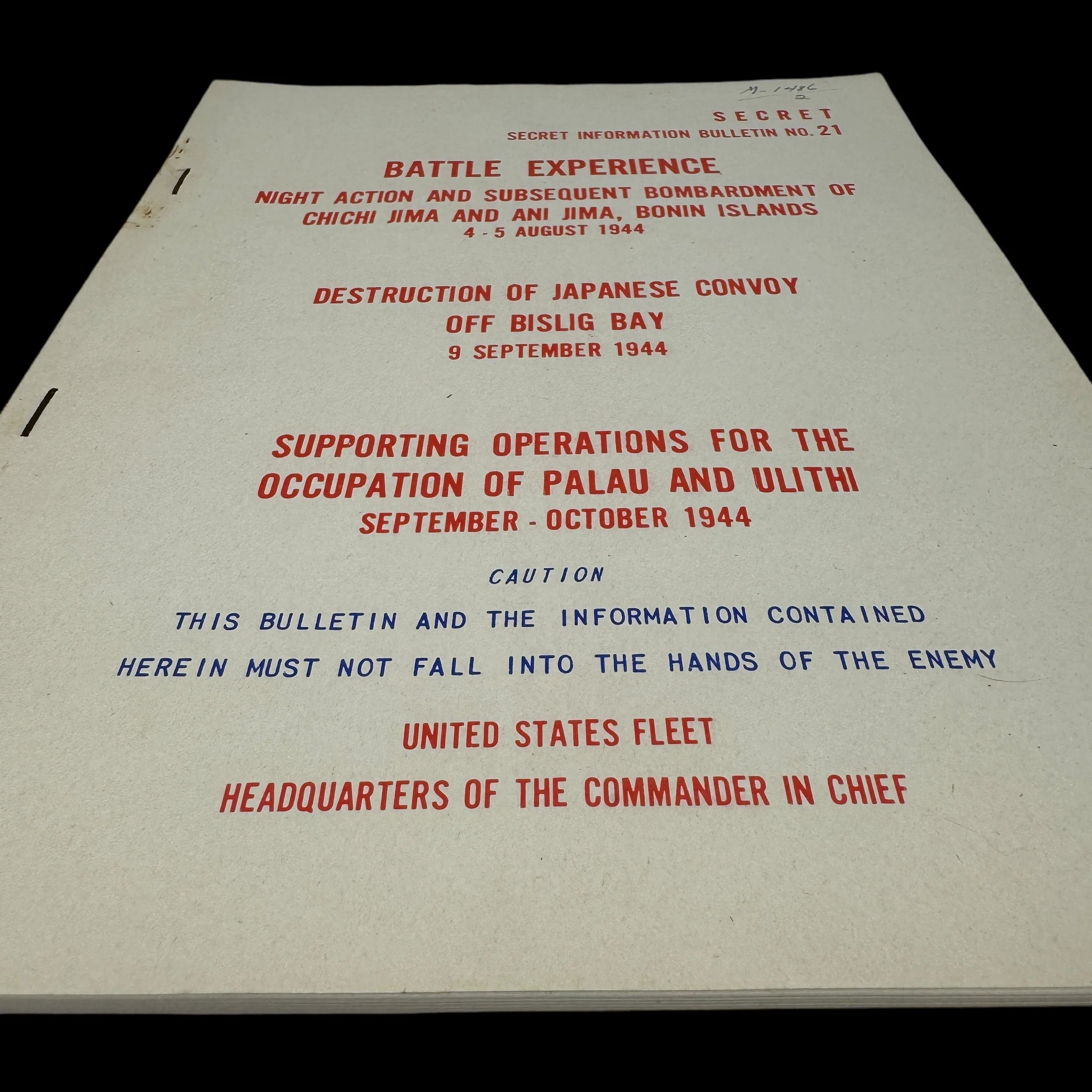
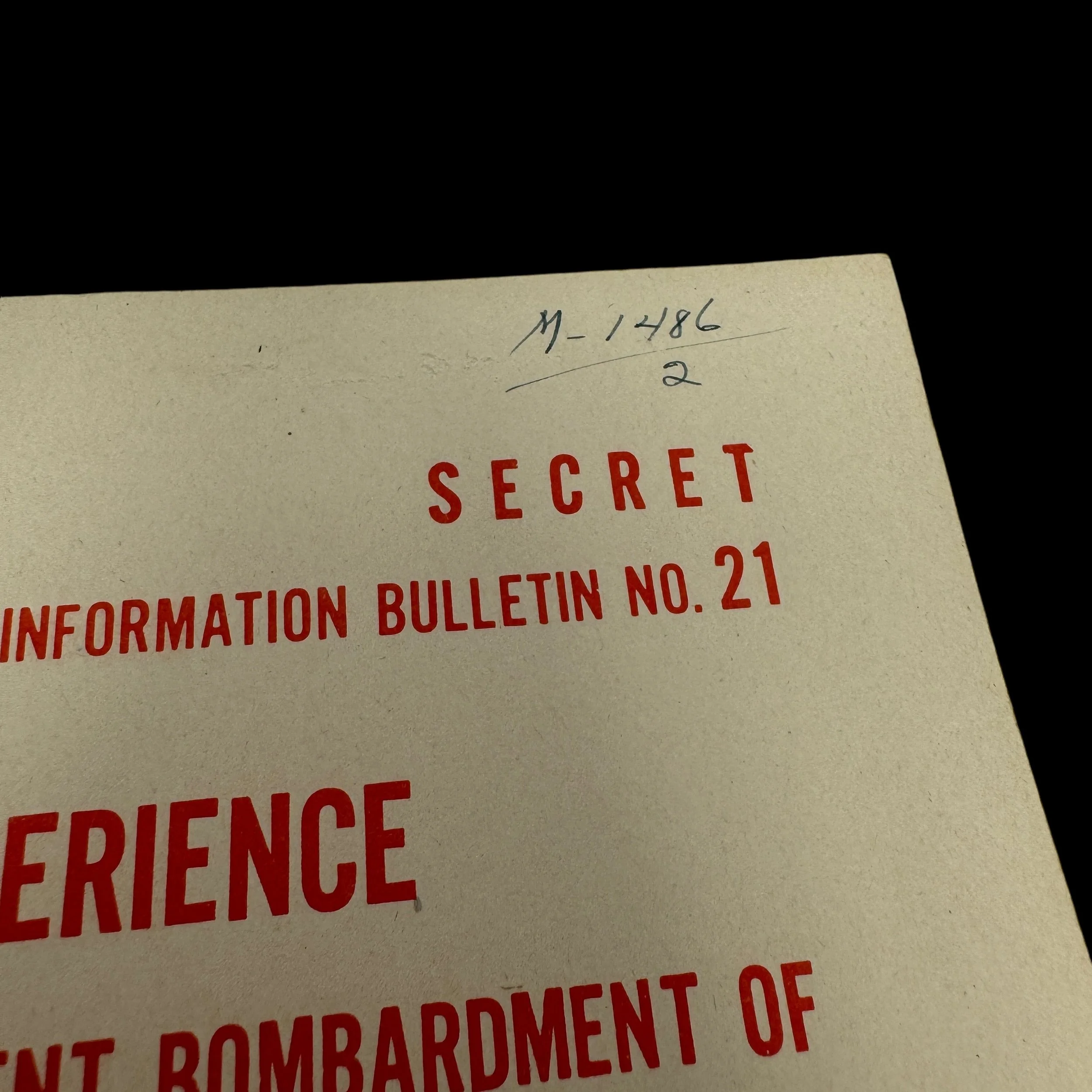
EXTREMELY RARE! WWII SECRET 1944 Jima - Bislig Bay - Palau and Ulithi Headquarters of the Commander in Chief Military Intelligence Report*
Comes with a hand-signed C.O.A.
This extraordinarily rare, museum-grade World War II artifact is an original "SECRET" marked "Battle Experience - Informational Bulletin," meticulously produced by the United States Fleet under the Headquarters of the Commander in Chief. During WWII, the operations and strategic planning of the U.S. Navy were directed by two prominent commanders: Admiral Chester W. Nimitz, Commander in Chief of the United States Pacific Fleet (CINCPAC), and Admiral Ernest J. King, Commander in Chief of the United States Fleet (CINCUS). Their combined leadership played a pivotal role in the Allied victory.
This highly classified and intricately detailed bulletin, issued by the Headquarters of the Commander in Chief, contains secret military maps, intelligence reports, tactical movements, and a unique compilation of "battle experiences." These experiences were drawn from war diaries and battle reports submitted by various commanders and ships engaged in key operations. The bulletin was printed in extremely limited quantities, strictly for the eyes of high-ranking military officials, including Officers and Generals.
The rarity of this document is underscored by the directive on its first page, which states: "Information must not fall into enemy hands - when no longer required they shall be destroyed by burning. No report of destruction need be submitted." As a result, only a handful of these original "SECRET" "Battle Experience - Informational Bulletins" are believed to still exist.
This particular "SECRET INFORMATION BULLETIN NO. 21" is a remarkable example, titled "Battle Experience - Night Action and Subsequent Bombardment of Chichi Jima and Ani Jima, Bonin Island August 1944 - Destruction of Japanese Convoy off Bislig Bay September 1944 - Supporting Operations for the Occupation of Palau and Ulithi September-December 1944 " It offers an unparalleled glimpse into the strategic operations and experiences of the United States Navy during some of the most crucial campaigns of the Pacific Theater.
The Pacific Theater during World War II was marked by a series of critical operations that shaped the outcome of the war, particularly as U.S. forces advanced toward Japan. Among these were the night action and bombardment of Chichi Jima and Ani Jima in the Bonin Islands in August 1944, the destruction of a Japanese convoy off Bislig Bay in September 1944, and the subsequent supporting operations for the occupation of Palau and Ulithi from September to December 1944. These events highlight the intensity of naval and air engagements as well as the strategic importance of securing key islands to push back Japanese forces and prepare for the invasion of the Japanese home islands.
Night Action and Bombardment of Chichi Jima and Ani Jima, Bonin Islands, August 1944
The Bonin Islands, located roughly 600 miles south of Tokyo, were of strategic importance to both Japan and the United States during World War II. Chichi Jima and Ani Jima, two of the largest islands in the Bonin chain, were heavily fortified by Japanese forces and used as communication and supply hubs. U.S. forces recognized that neutralizing these positions would disrupt Japanese logistics and weaken their defensive perimeter.
In August 1944, U.S. naval forces launched a night action and bombardment against these islands. Under the cover of darkness, warships of the U.S. Navy's Task Force 58, which included aircraft carriers, destroyers, and cruisers, approached Chichi Jima and Ani Jima. The night raid took advantage of the element of surprise, and under a sustained barrage, U.S. forces targeted Japanese defensive installations, communication centers, airstrips, and supply depots.
The bombardment was part of a broader strategy to isolate and neutralize Japanese strongholds in preparation for the eventual assault on Iwo Jima, which was only a few months away. The night attack was highly successful in damaging Japanese infrastructure, but the islands were not immediately captured, as U.S. forces had no plans for amphibious landings at the time. The psychological impact on the Japanese garrison, however, was significant, as it demonstrated the reach of U.S. naval and air power.
Destruction of Japanese Convoy off Bislig Bay, September 1944
As U.S. forces continued to tighten the noose around Japanese-held territories, controlling sea lanes became increasingly crucial. In September 1944, a Japanese convoy off Bislig Bay, located on the eastern coast of Mindanao in the Philippines, became the target of a concentrated U.S. naval and air assault. The convoy was attempting to transport much-needed supplies and reinforcements to Japanese forces still entrenched in the Philippines.
American intelligence, which had benefited from the breaking of Japanese naval codes, had identified the convoy’s route. As a result, U.S. naval forces, including submarines and aircraft from the fast carrier task forces, were able to intercept the convoy. In a series of devastating attacks, U.S. forces overwhelmed the Japanese, sinking several transport ships, destroyers, and escort vessels. The destruction of the convoy severely hindered Japanese efforts to reinforce their positions in the Philippines, leaving their forces more vulnerable to the upcoming U.S. landings at Leyte.
The destruction of the Japanese convoy off Bislig Bay marked a significant victory for the Allies. It underscored the effectiveness of U.S. intelligence and demonstrated the growing superiority of American naval and air power in the Pacific. With the convoy destroyed, the Japanese war effort in the Philippines suffered a major logistical blow, contributing to the eventual U.S. victory in the Philippines campaign.
Supporting Operations for the Occupation of Palau and Ulithi, September–December 1944
In the latter half of 1944, as part of their broader island-hopping strategy, U.S. forces launched operations to secure Palau and Ulithi. These islands were critical for establishing forward bases that could support future operations, including the planned invasion of the Philippines and, eventually, Japan.
The Occupation of Palau
Palau, located in the western Pacific Ocean, was heavily fortified by Japanese forces. The island group’s main island, Peleliu, became the focal point of the U.S. assault. On September 15, 1944, U.S. Marines landed on Peleliu, encountering fierce Japanese resistance in a brutal and protracted battle. The Japanese defenders had prepared extensive underground defenses, which made it difficult for U.S. forces to advance.
Supporting the ground forces, U.S. naval and air units carried out extensive bombardments of Japanese positions before and during the invasion. Carrier-based aircraft from Task Force 38 provided air cover and conducted bombing runs against Japanese fortifications, while U.S. battleships and cruisers shelled the island.
Although the battle for Peleliu was eventually won, it came at a high cost, with U.S. forces suffering significant casualties. The operation was initially planned to last only a few days, but it stretched into months due to the strength of the Japanese defenses. Despite the heavy losses, the occupation of Palau allowed the U.S. to establish a critical base for future operations in the Pacific.
The Occupation of Ulithi
While the battle for Palau raged, the U.S. Navy simultaneously targeted Ulithi Atoll, a more lightly defended but strategically important location in the Caroline Islands. Ulithi’s value lay in its vast natural harbor, which could accommodate large numbers of ships. In September 1944, U.S. forces occupied Ulithi without encountering significant resistance, and it was quickly transformed into one of the largest naval bases in the Pacific.
Ulithi became a crucial logistics hub for the U.S. Navy, serving as a staging area for the fleet during the final push toward Japan. Aircraft carriers, battleships, and other vessels could be resupplied and repaired at Ulithi, allowing U.S. forces to maintain a continuous presence in the region. The atoll also provided a safe anchorage for ships preparing for the invasion of the Philippines and later Okinawa.
The night action and bombardment of Chichi Jima and Ani Jima in August 1944, the destruction of the Japanese convoy off Bislig Bay in September 1944, and the supporting operations for the occupation of Palau and Ulithi from September to December 1944, were all crucial components of the U.S. strategy in the Pacific. These operations not only inflicted significant damage on Japanese forces but also allowed the U.S. to secure critical positions that would serve as springboards for further advances toward Japan.
By neutralizing Japanese outposts in the Bonin Islands, cutting off supply lines to the Philippines, and establishing forward bases in Palau and Ulithi, the U.S. Navy and Marine Corps set the stage for the final phase of the war in the Pacific. The relentless pressure on Japan’s defensive perimeter, combined with the growing dominance of U.S. naval and air power, would eventually lead to Japan’s defeat and the end of World War II. These operations, often overshadowed by larger battles, were pivotal in ensuring the success of the Allied campaign in the Pacific.